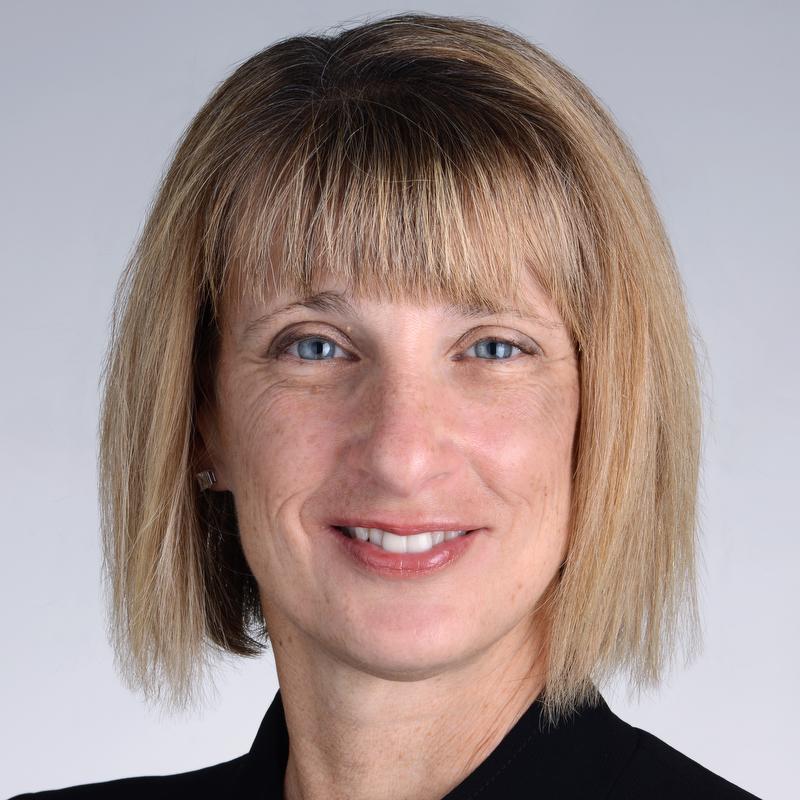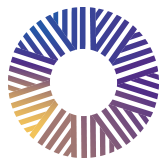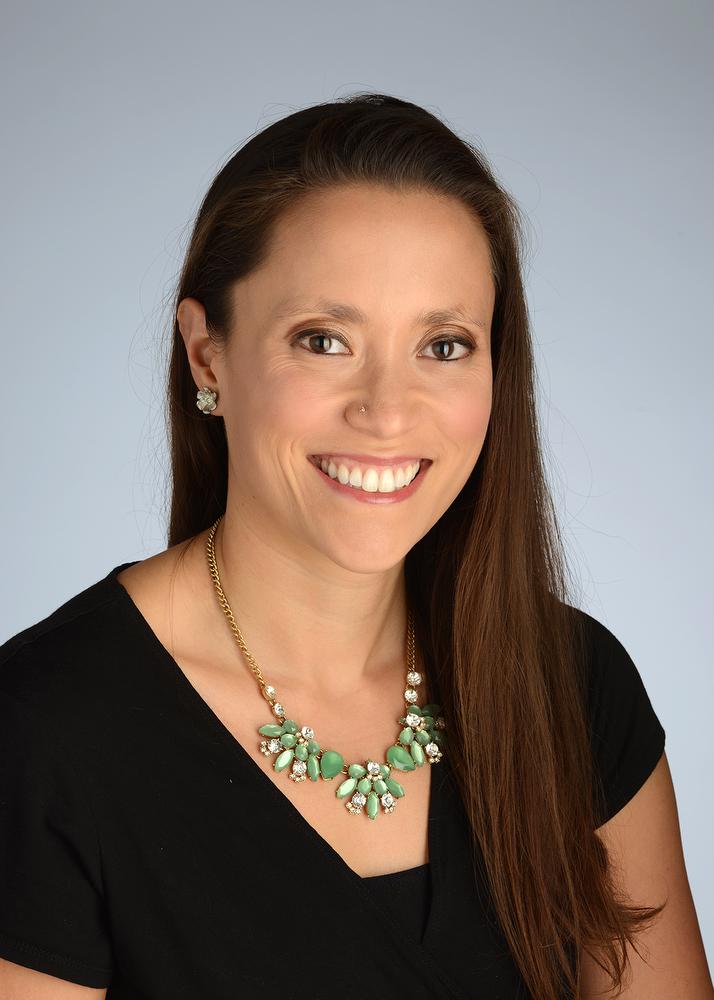

Former KL2 Scholar Jennifer Villwock, M.D., FAAOA, Working on Multiple Research Projects, Mentoring a TL1 Trainee
By Kelly Hale, Marketing & Communications Specialist
Jun 10, 2024
When you start a conversation with Jennifer Villwock, M.D., FAAOA, about her research, you need to specify which project you are inquiring about. Villwock is inquisitive about how things work and has an array of interests, which matches her research perfectly.
The first project she is working on is with the Institute for Advancing Medical Innovations (IAMI) on commercializing the olfactory work she has been doing which uses patterns of responses on olfactory testing to help predict different disease states. She submitted a couple of grants on the small business side of the National Institutes of Health (NIH) to support the work in both Alzheimer’s disease and dementias, as well as traumatic brain injury.
“This has been a new experience for me because you do not get a lot of entrepreneurial exposure working in science. It is not part of our formalized training,” Villwock said. “It has been great working with people (at IAMI) that the entrepreneurial side of things are in their wheelhouse and learning from them. Otherwise, we have limited exposure to this work.”
And she noted, “These other domains are important to getting our ideas out into the public and be able to see how they can transform patient care.”
Villwock is currently in year three of her R01 grant which is studying the olfactory phenotype hypothesis as a noninvasive biomarker for Alzheimer’s disease. The study includes a neurocognitive test, olfactory test and drawing plasma biomarkers for Alzheimer’s disease, and she is looking to see if they can predict based on olfactory data their cognitive status is.
“We could spend millions of dollars to screen every person but that’s not really a viable, scalable public health solution as we think about aging Americans,” she said. “But if we can do a simple, inexpensive test and identify people who would benefit the most from more intensive services, which could be a huge public health win and it could help us make better care decisions for patients.”
She has also submitted another R01 grant application to study perioperative pain and its management, along with how people are going to function long-term after surgery.
“We want people to have a good recovery from surgery and return to at least their functional baseline, if not better,” Villwock said. “Right now, we rely on the zero to 10 scale to measure pain, but that doesn’t tell me anything about your function.”
In the KL2 program, she received support and mentorship to further develop an icon based functional pain scale, which focuses on the functions that are both important for clinicians as well as functions that are important for their patients during the recovery period.
“We intentionally designed the scale to use icons representing those functions so that it is easier. You look at the function and answer yes or no if you can do it,” she said. “And then you indicate your pain level with each function. We are also looking at this in the gaining population because functional recovery is important. People do not want to be a burden on their families.
“We want to really understand that recovery trajectory. We can look at long-term pain and long-term high-risk medication use and see if we can identify the factors up-front or early in the hospital stay that could help us determine if the patient might need a little more help than the standard of care. Maybe they need therapy three days a week instead of two.”
This is also an opportunity to look at medication levels for patients while they are in the hospital and post hospital stay, along with monitoring patients for additional illnesses that could be related to the medication they are taking to monitor pain levels.
“There are a lot of compelling studies that show underrepresented individuals and women may be at risk for having their pain undertreated, ignored, explained away, or attributed to anxiety or cultural factors,” Villwock said. “That’s not good patient care.”
With the functional scale, instead of using the standard zero to ten scale, clinicians can see if a patient can walk around a room with or without pain, which makes returning to a functional baseline more real.
“One point of pride for me is that every person on this investigator team is from a group that is underrepresented in science, from women to racial or ethnic minorities,” she said. “I really feel like this speaks to the importance of the work and the kinds of teams we put together.”
And she is also mentoring one of Frontiers TL1 trainees.
“One of my favorite things is really, I think my research is cool and I’m having some success, but what I think is really impactful is really nurturing that same sense of intellectual curiosity in our students,” said Villwock. “Cole (Bird), who is studying to be a surgeon-scientist, has been attending our weekly research meetings. We encourage students to gain foundational skills be contributing to our ongoing research while developing their own interests and eventually pitching their own ideas for projects they will spearhead. He had a great idea around music-based therapies for dysphagia which he will be pursuing during his TL1 experience.”
In addition to everything else she is working on right now, Villwock has also submitted a grant application to the Department of Defense to study olfactory testing and phenotypes as a predictor for traumatic brain injury severity and recovery trajectory. And is working on two more grant applications – a Pilot Award to the Landon Center on Aging to gather data in the 75+ population on their olfactory, auditory and vestibular function and how that correlates to cognition; and an R25 training grant to help increase the number of otolaryngology clinician scientists, and also works on the diversity in the field.
“I’m hoping to develop a training track for medical students that are currently training at Historically Black Colleges and Universities (HBCUs), Hispanic-serving institutions or who are receiving training in Puerto Rico and develop an intentional nine-month curriculum to really foster their training and get them on trajectories similar to Cole’s,” she said. “I really want them to have the support during their journey.
“When I went to medical school and worked on my residency, the schools were not really research focused, and I think some people count themselves out of going to research because they did not have that training in school. The opportunities are out there, you just have to find the right people who can help you. I owe a huge debt of gratitude to Frontiers for saying ‘yes, we believe in you,’ and providing support and funding.”
And one final piece of advice from Villwock.
“Even if no one else is going to bet on you, you still have a good reason to bet on yourself.”
Latest Articles
View All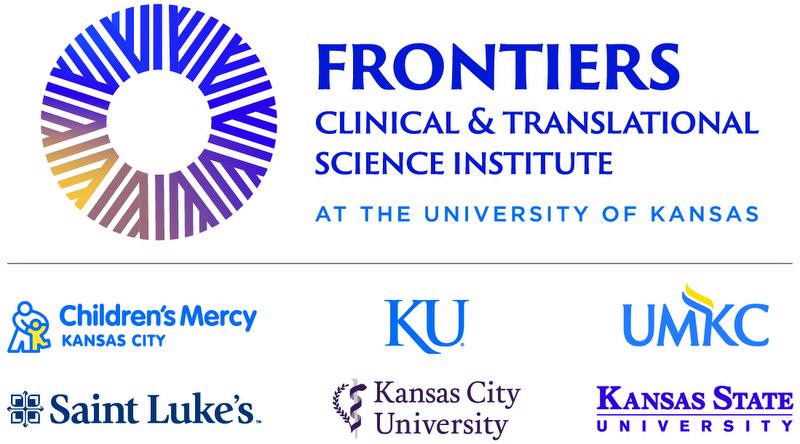 Funded Projects · News
Funded Projects · News
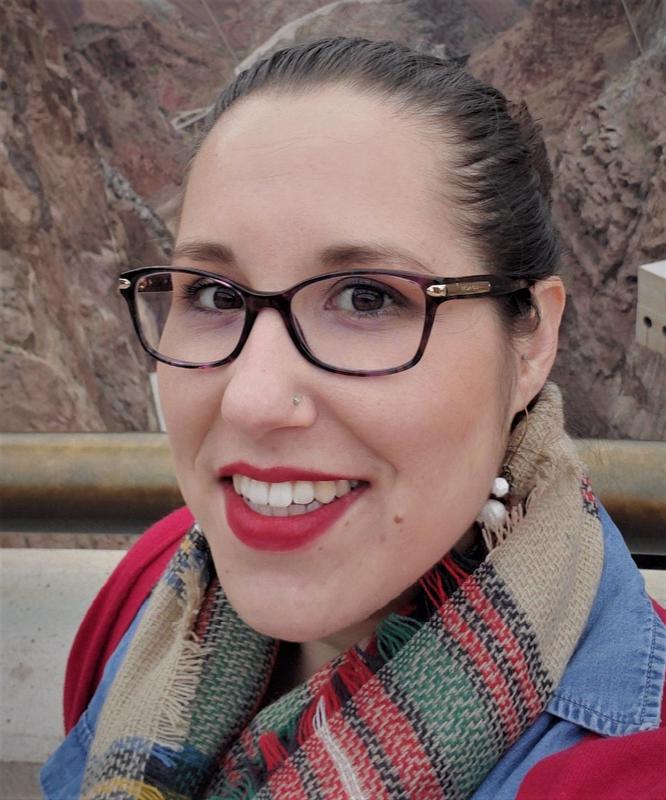 TL1 Trainee · News
TL1 Trainee · News
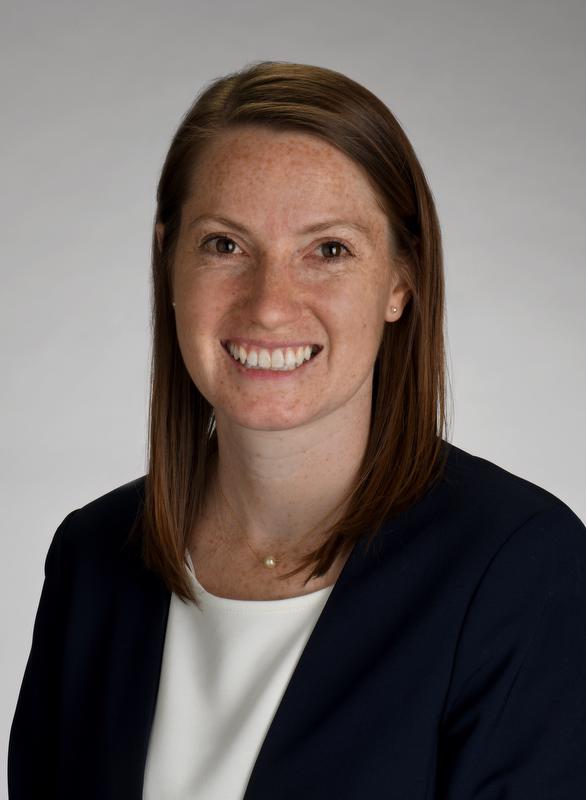 KL2 Scholar · News
KL2 Scholar · News
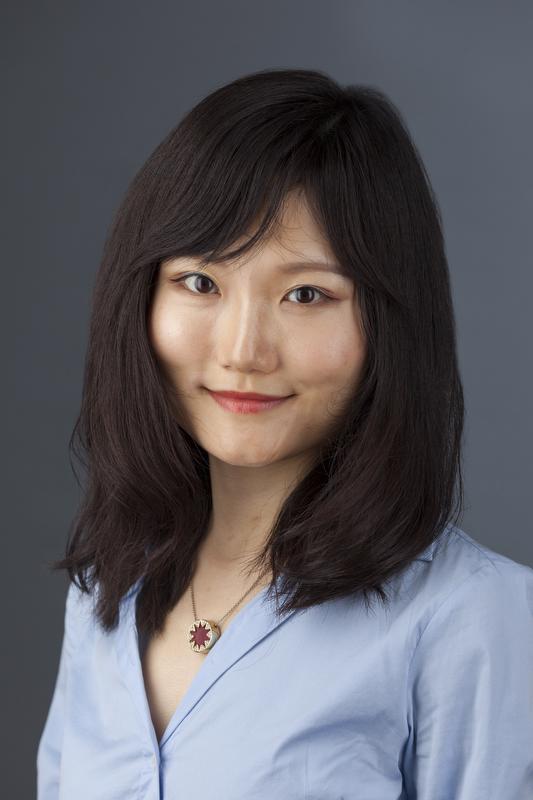 Funded Projects · News
Funded Projects · News
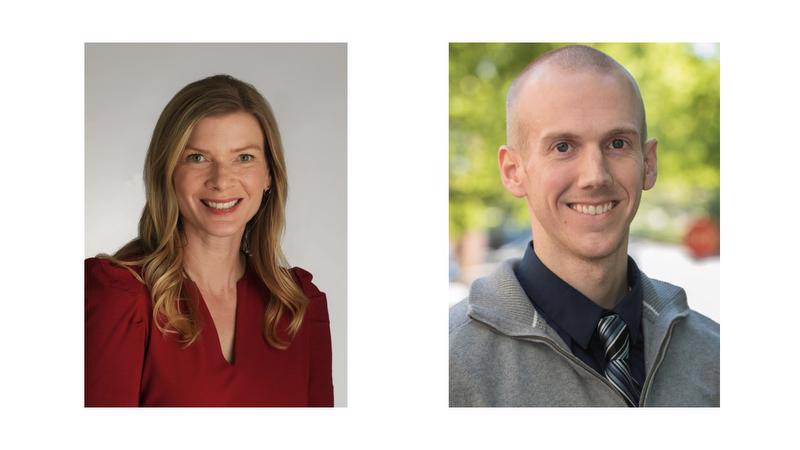 Funded Projects · News
Funded Projects · News
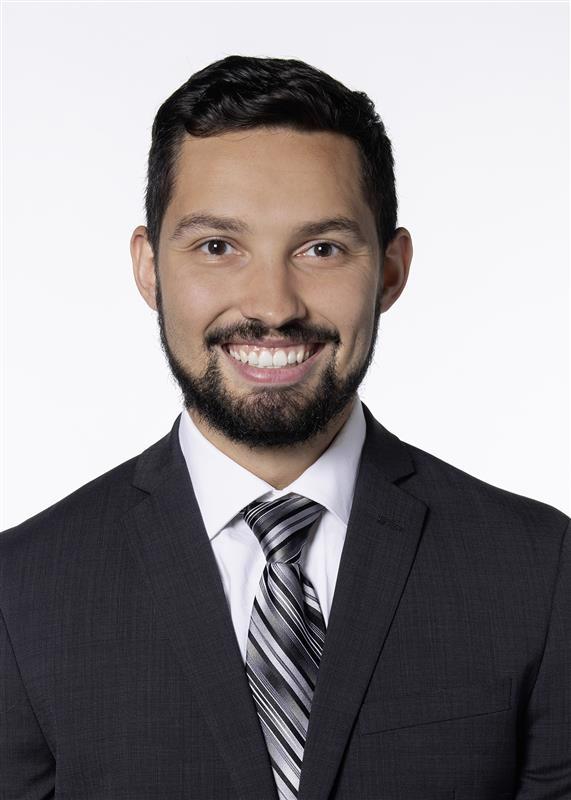 TL1 Trainee · News
TL1 Trainee · News
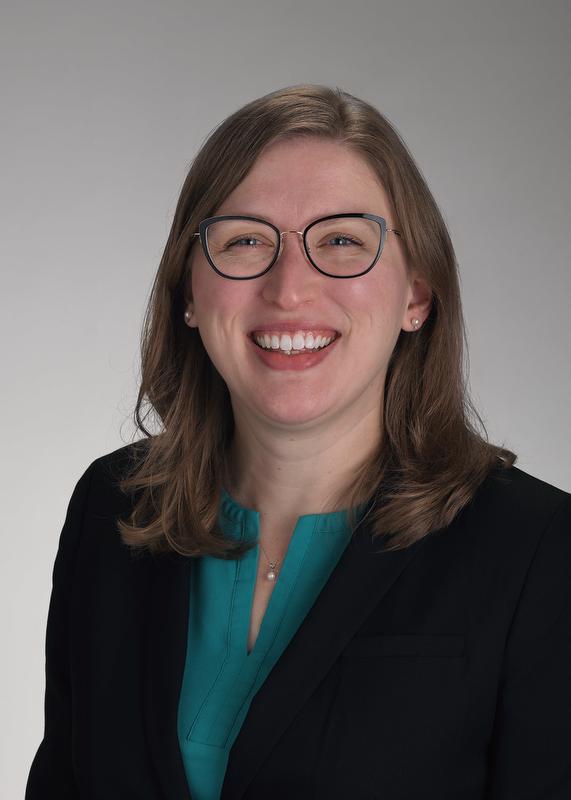 KL2 Scholar · News
KL2 Scholar · News
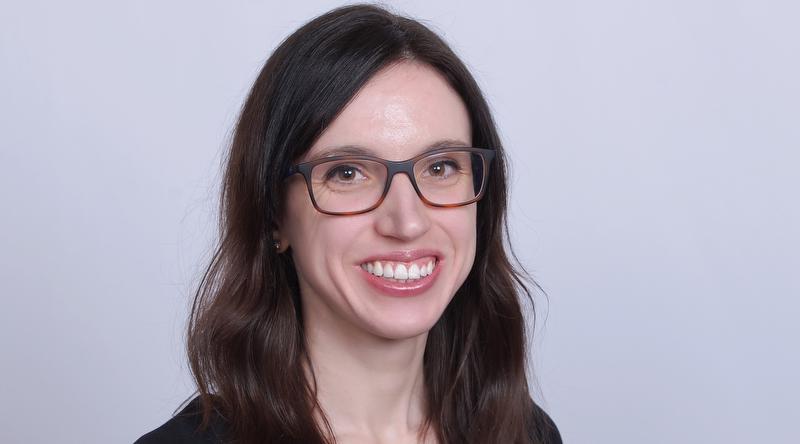 Funded Projects · News
Funded Projects · News
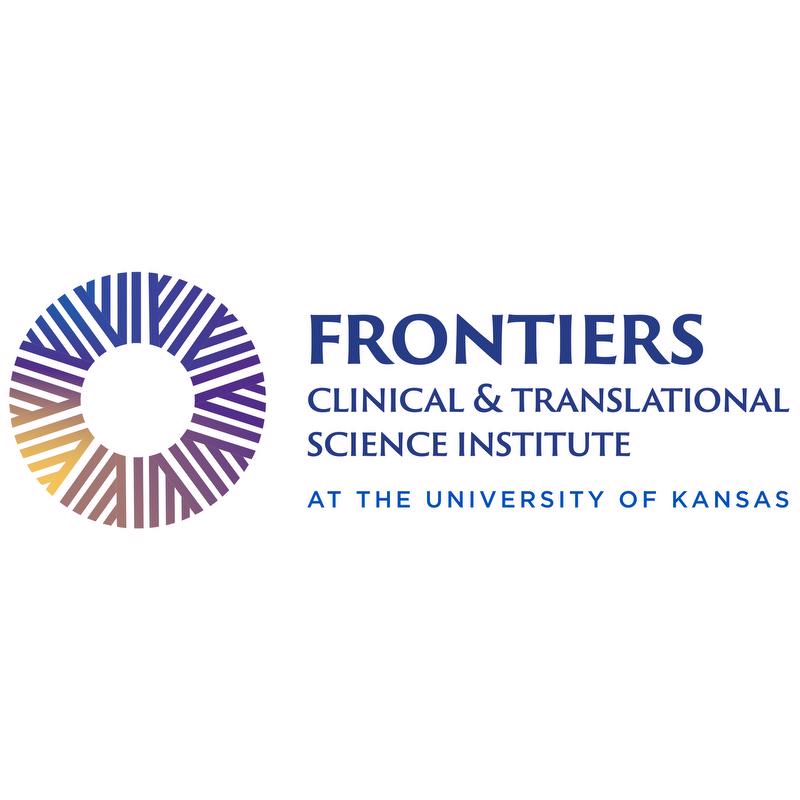 News
News
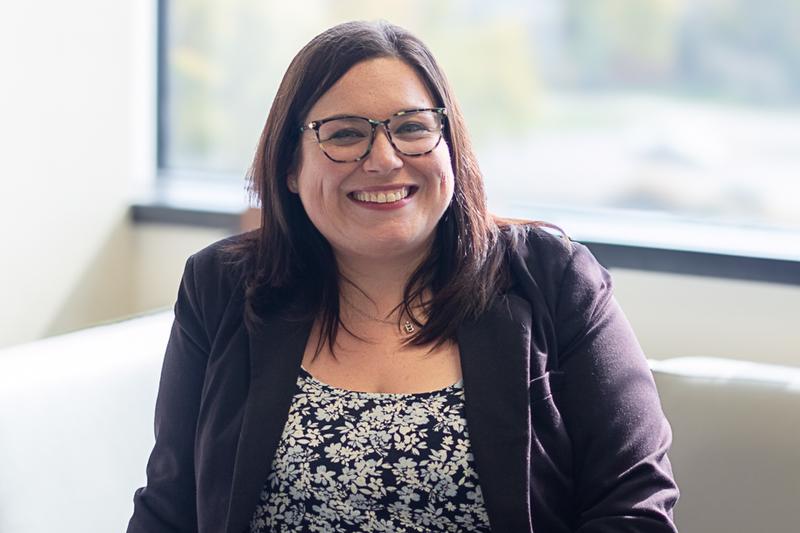 TL1 Trainee · News
TL1 Trainee · News
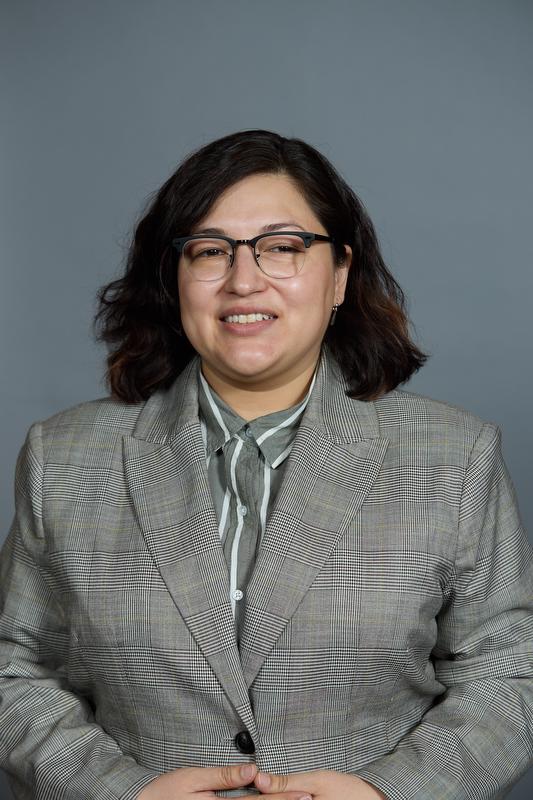 News
News
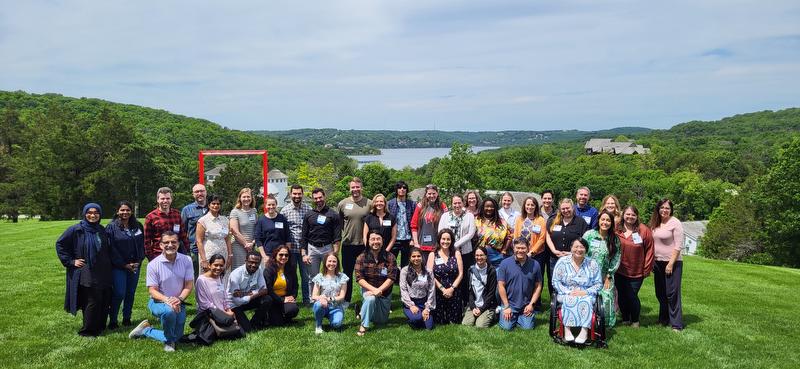 News
News
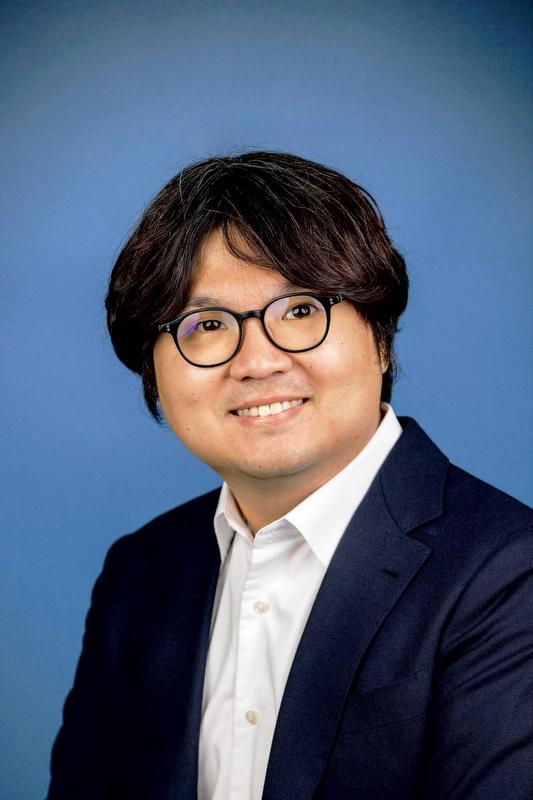 Funded Projects · News
Funded Projects · News
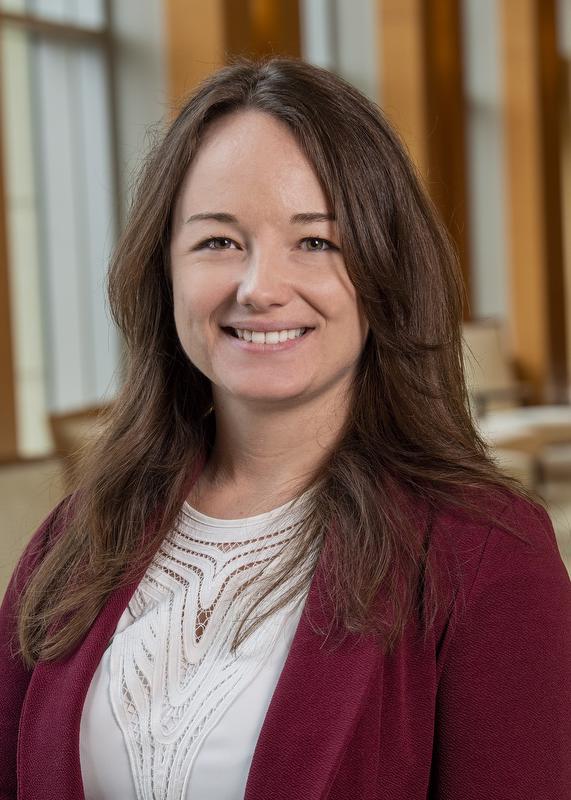 TL1 Trainee · News
TL1 Trainee · News
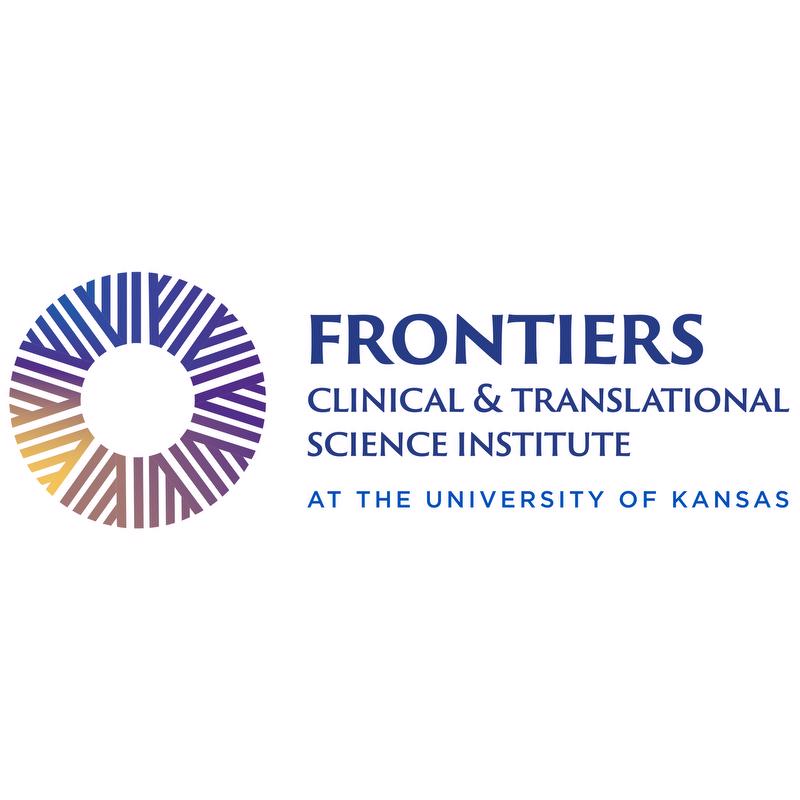 Events
Events
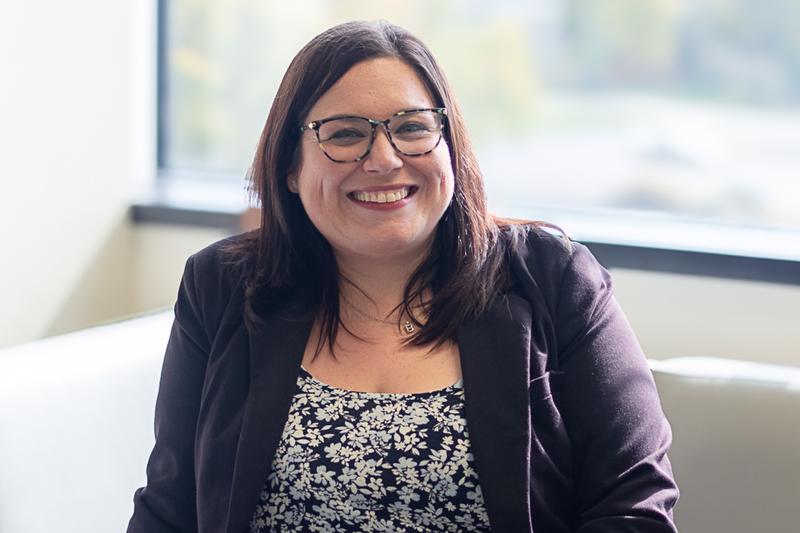 TL1 Trainee · News
TL1 Trainee · News
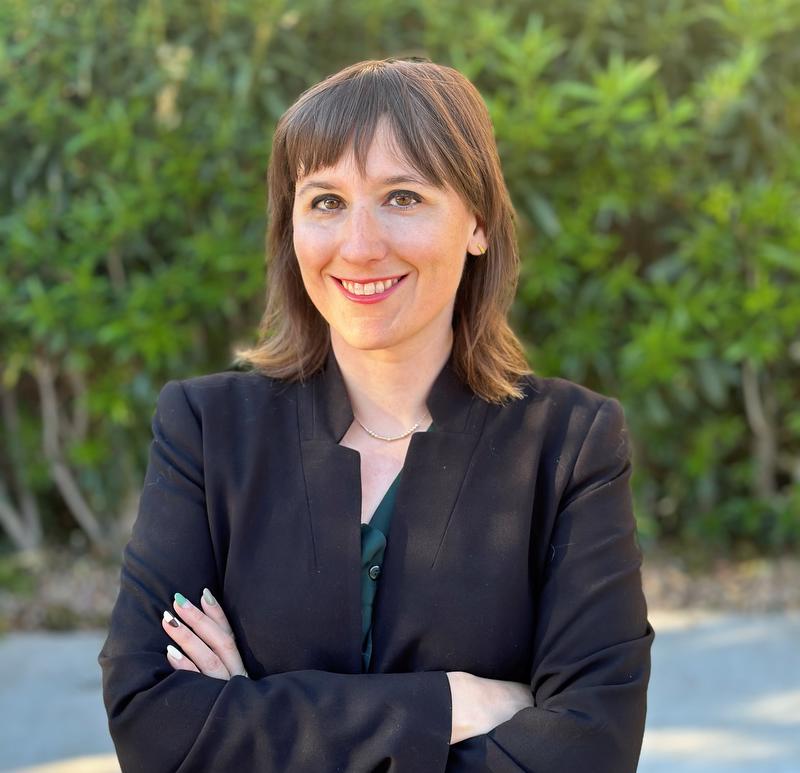 News
News
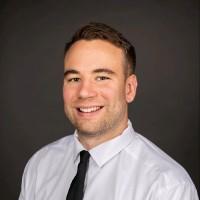 TL1 Trainee · News
TL1 Trainee · News
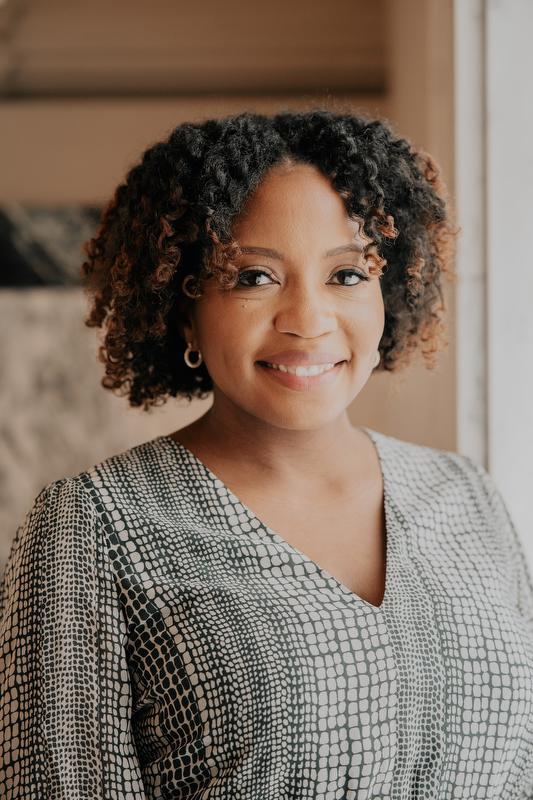 KL2 Scholar · News
KL2 Scholar · News
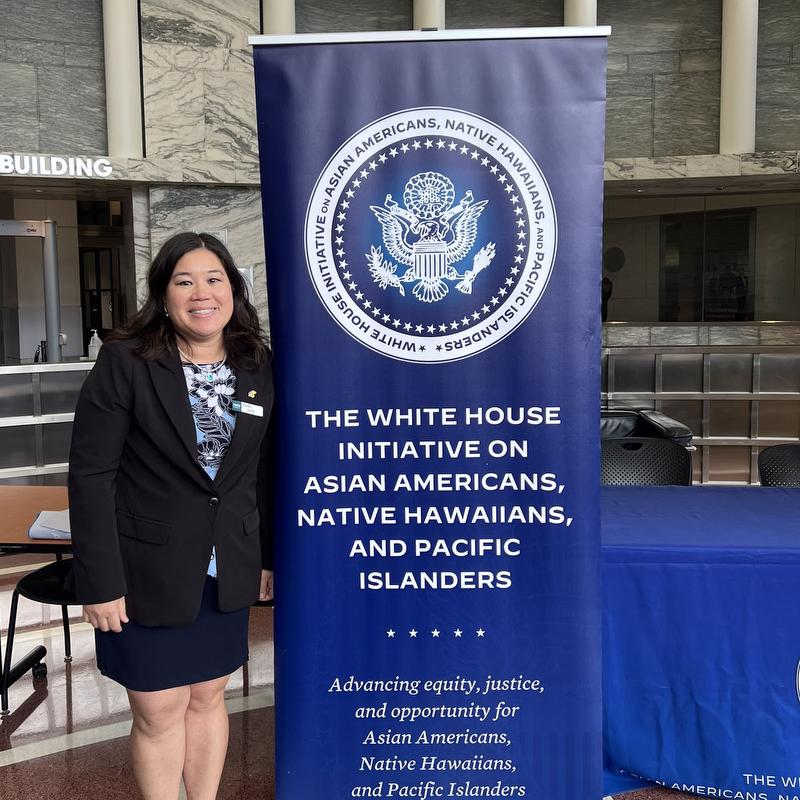 News
News
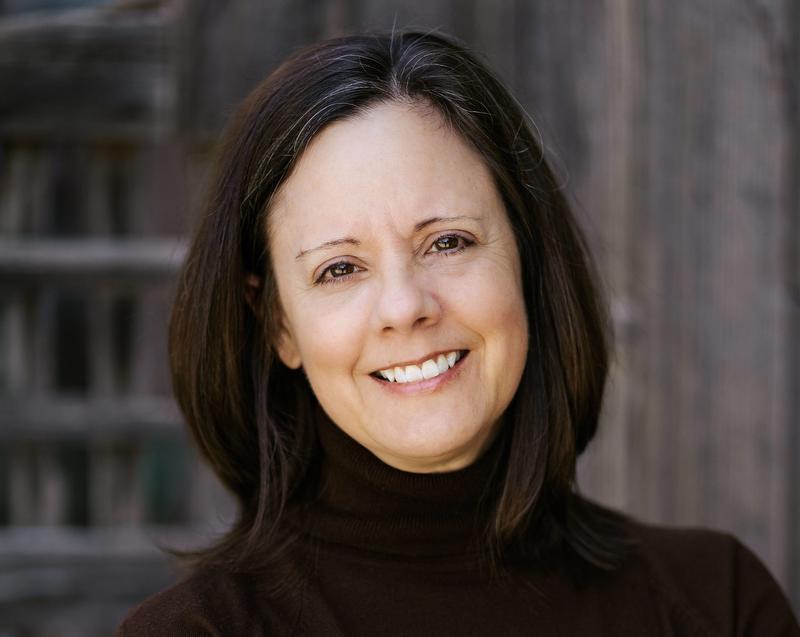 KL2 Scholar · News
KL2 Scholar · News
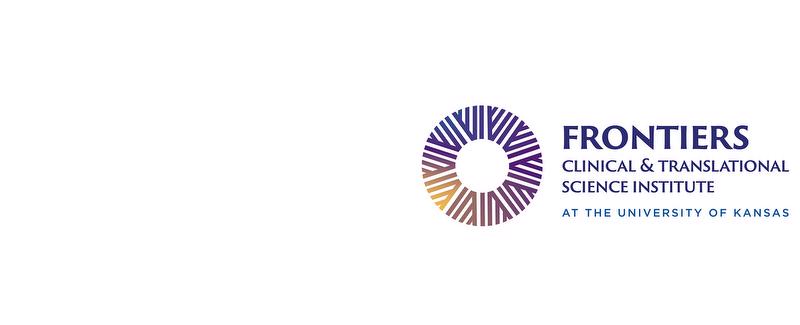 Funded Projects · News
Funded Projects · News
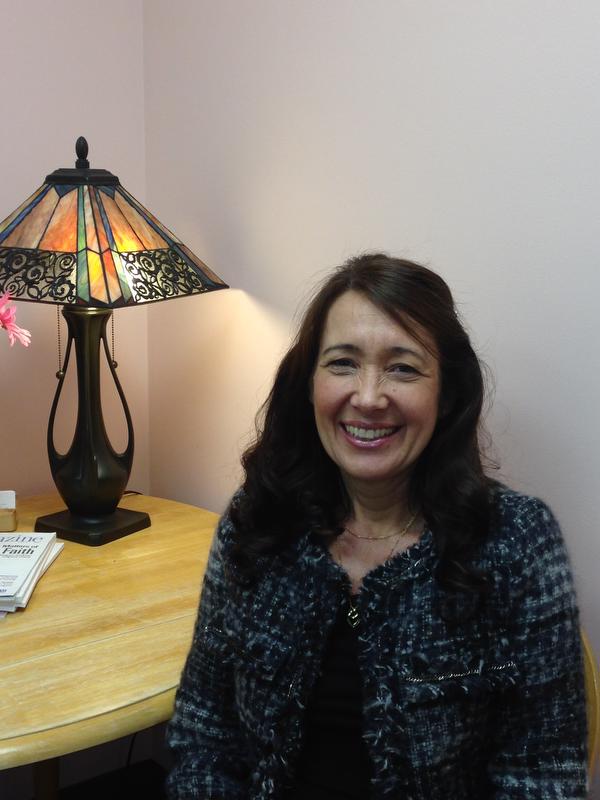 News
News
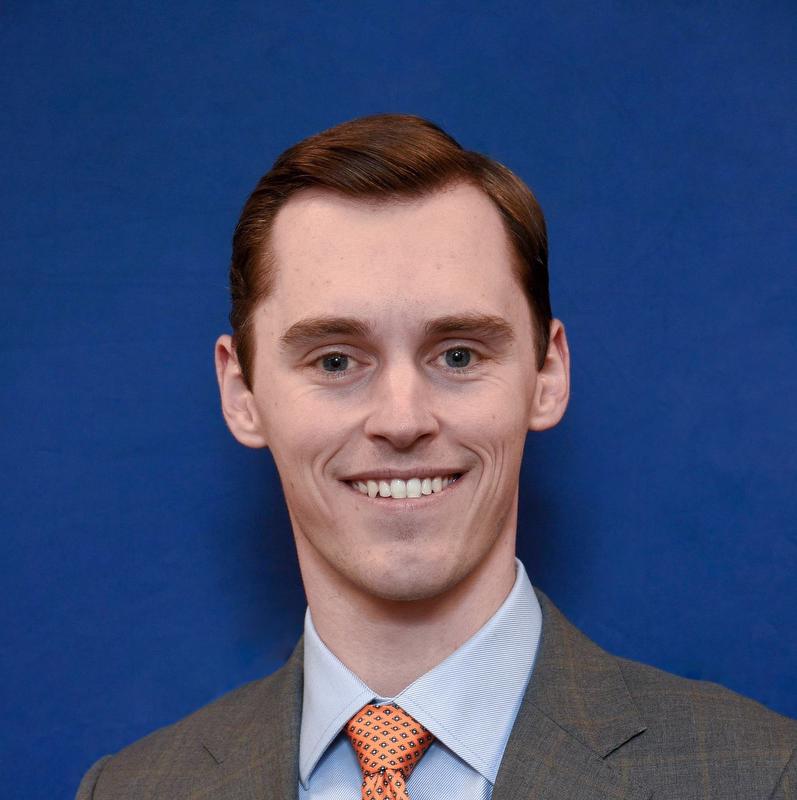 TL1 Trainee · News
TL1 Trainee · News
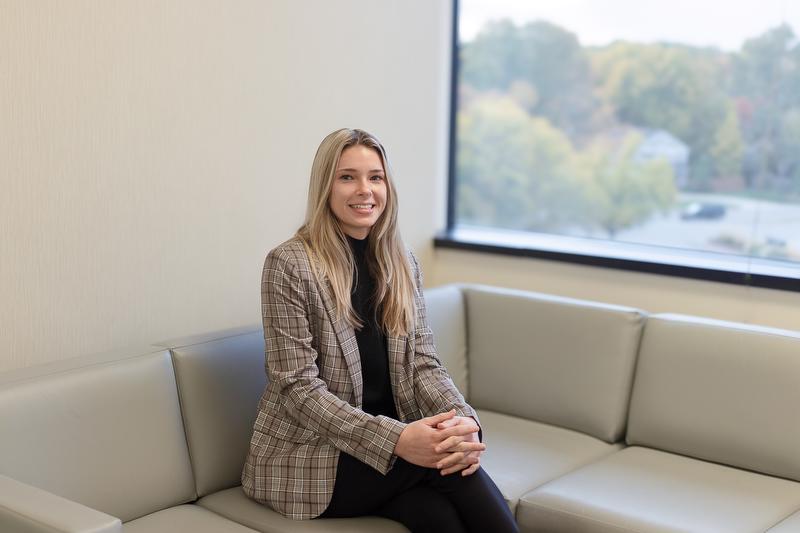
 TL1 Trainee · News
TL1 Trainee · News
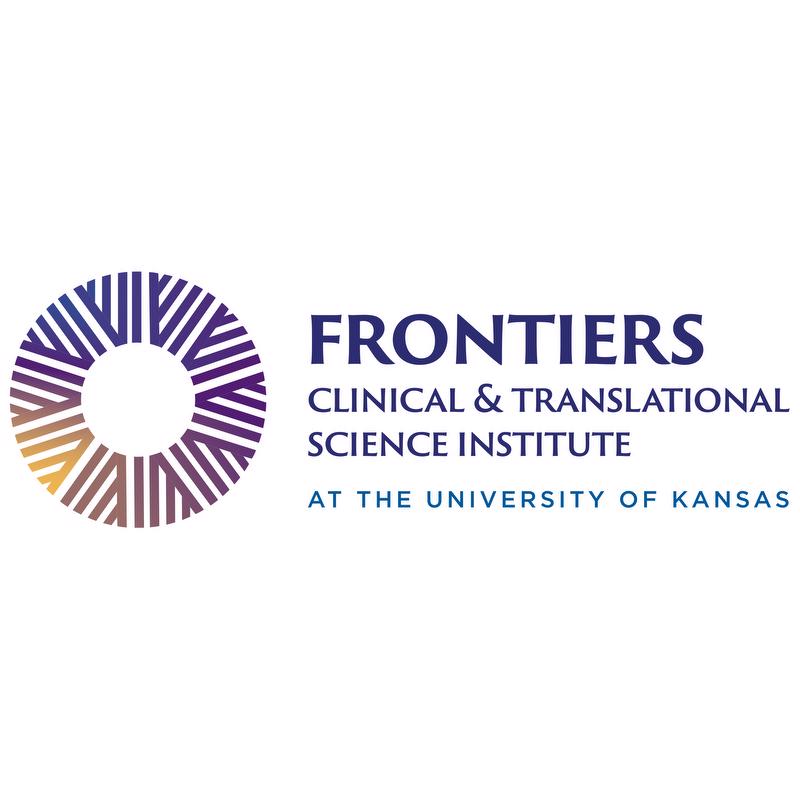 Services · News
Services · News
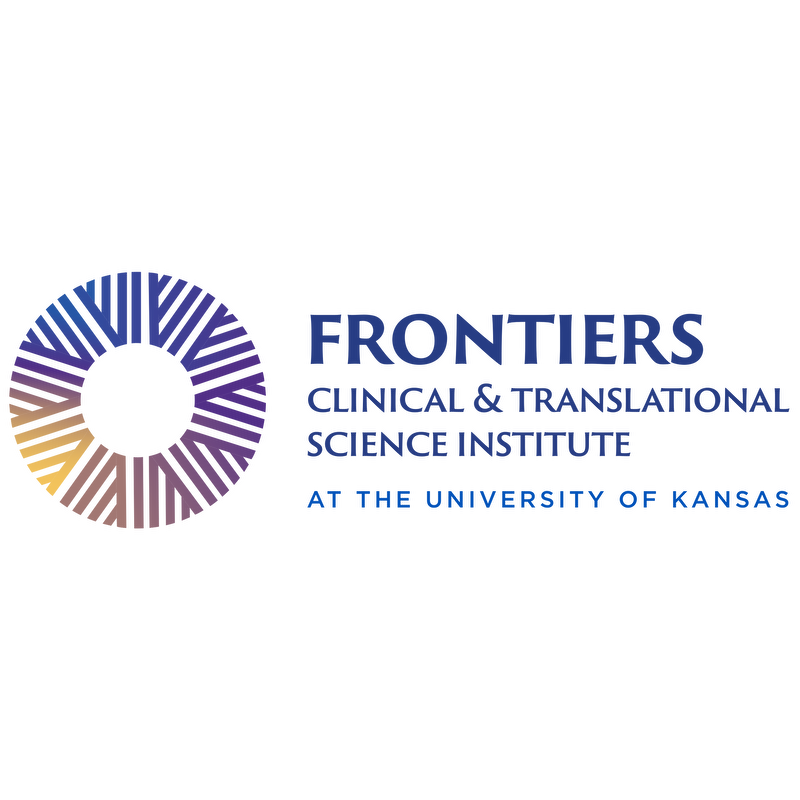 News
News
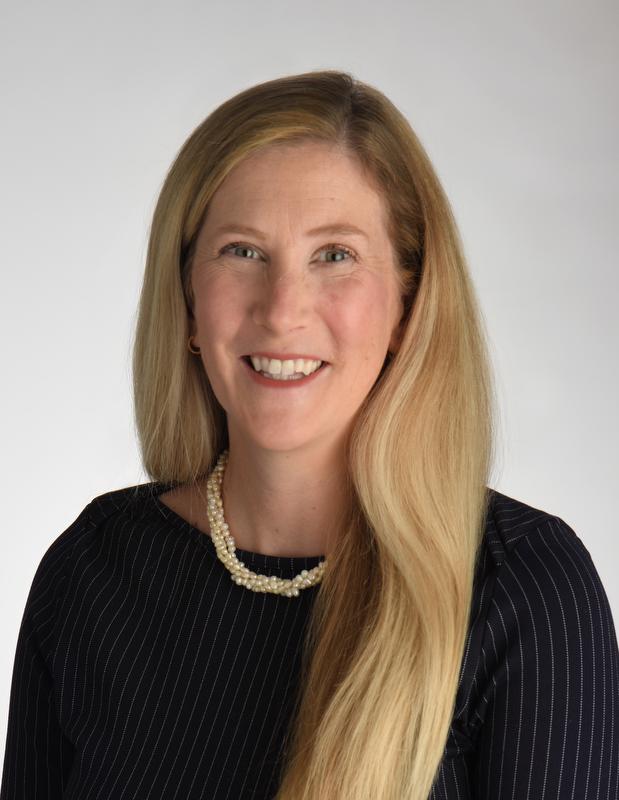 Funded Projects · News
Funded Projects · News
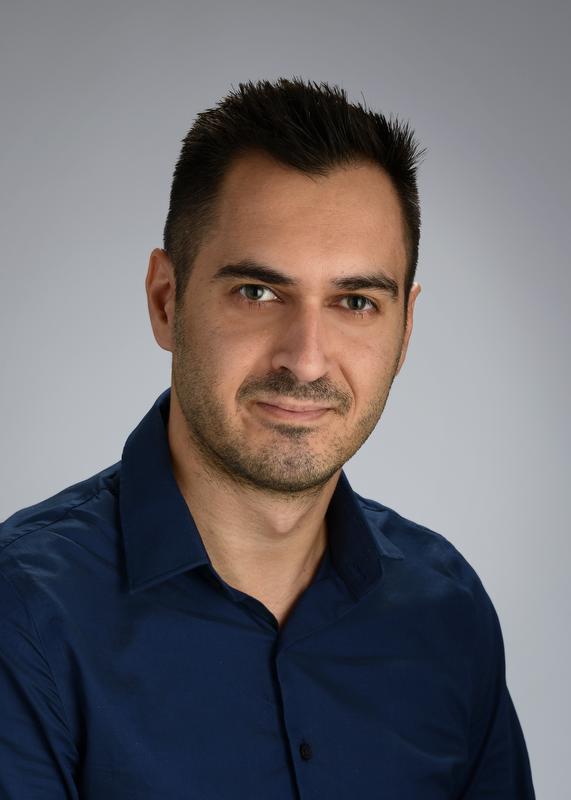 Funded Projects · News
Funded Projects · News
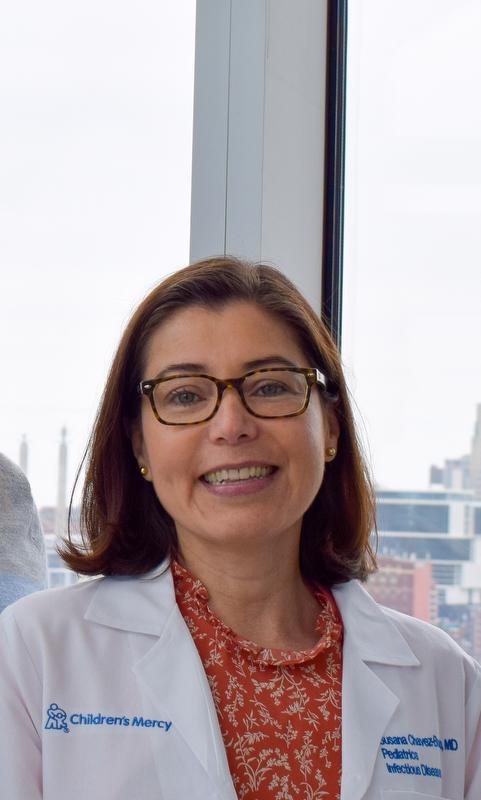 Funded Projects · News
Funded Projects · News
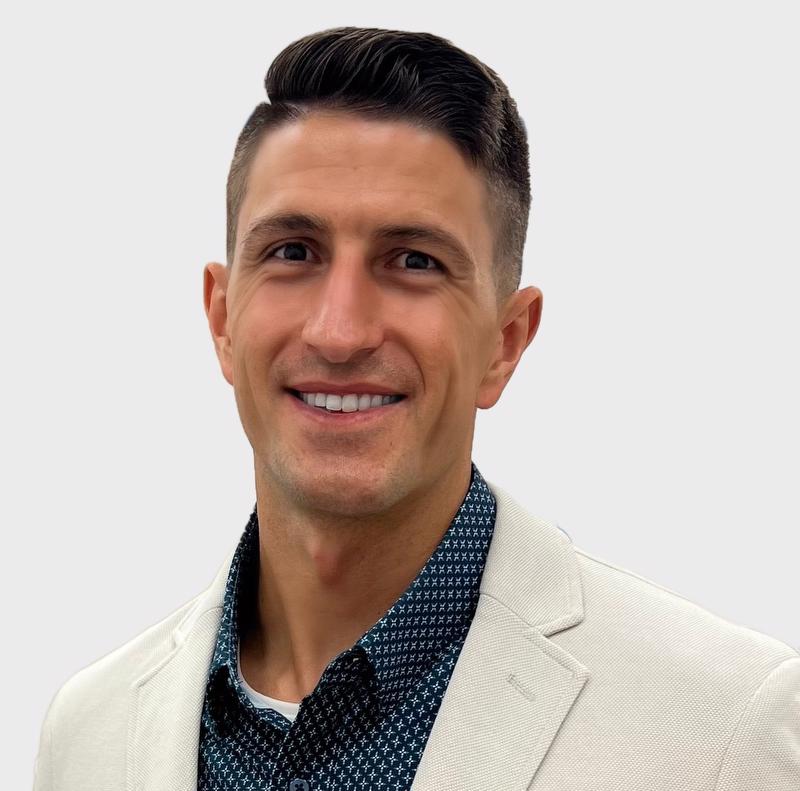 TL1 Trainee · News
TL1 Trainee · News
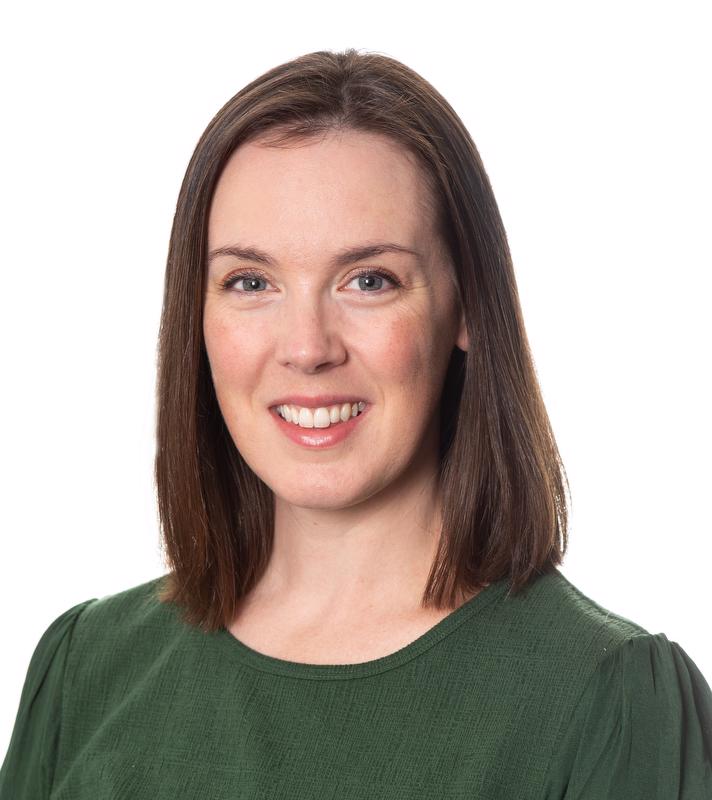 KL2 Scholar · News
KL2 Scholar · News
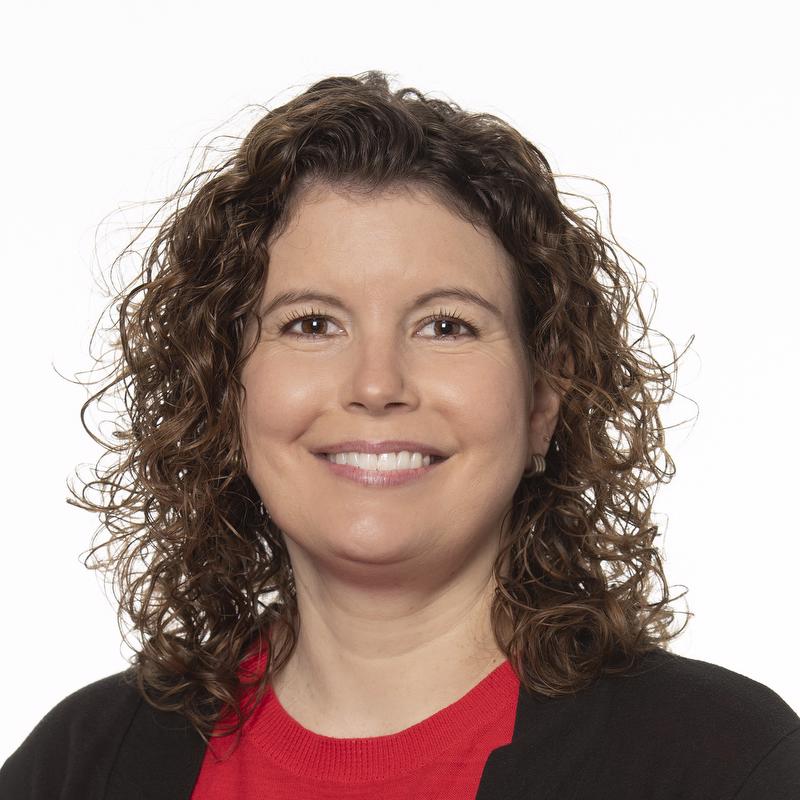 Funded Projects · News
Funded Projects · News
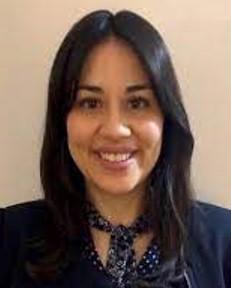 News
News
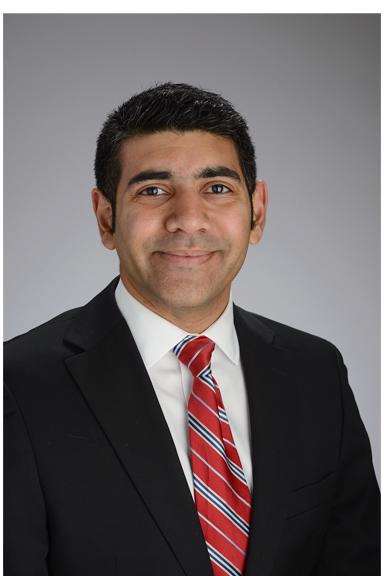 News
News
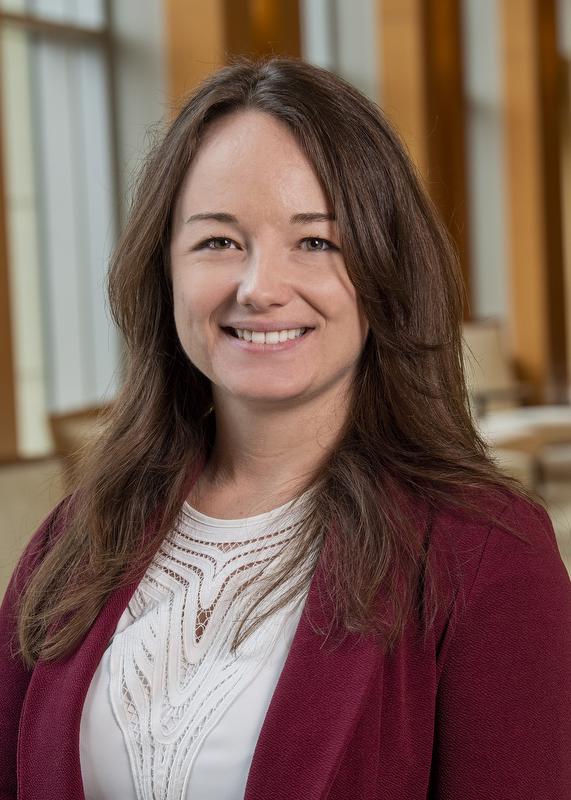 News
News
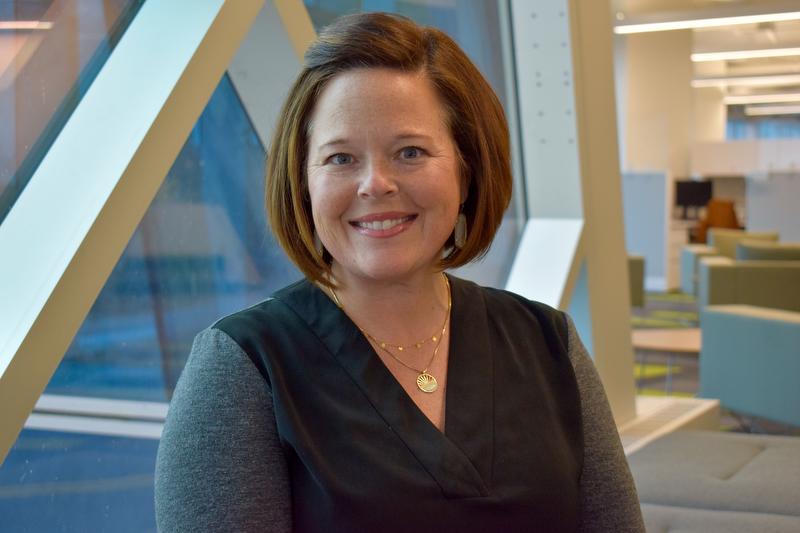 News
News
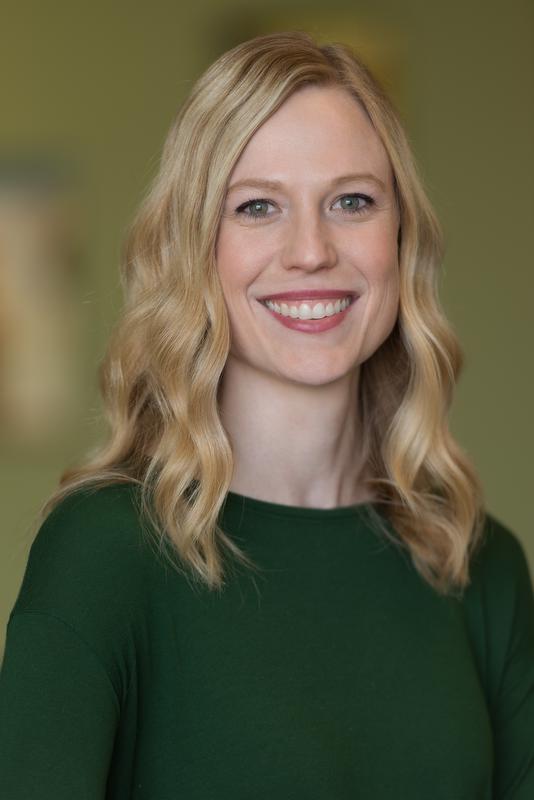 News
News
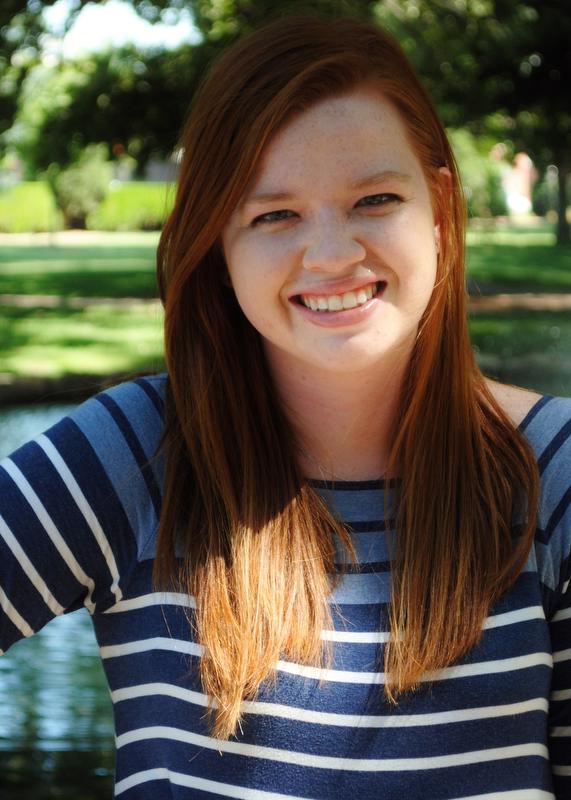 News
News
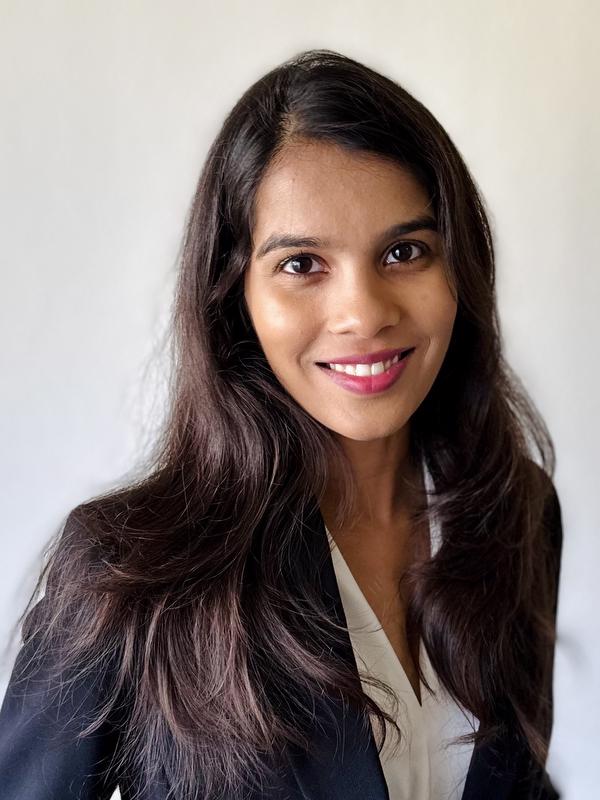 News
News
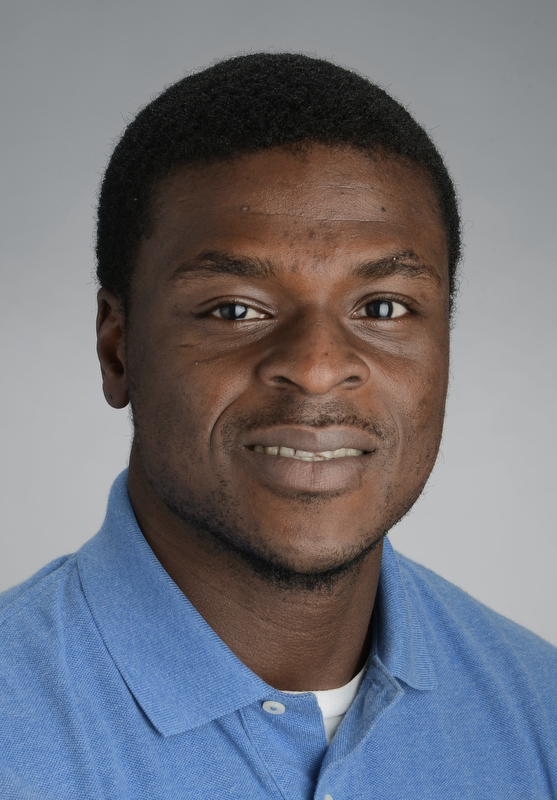 News
News
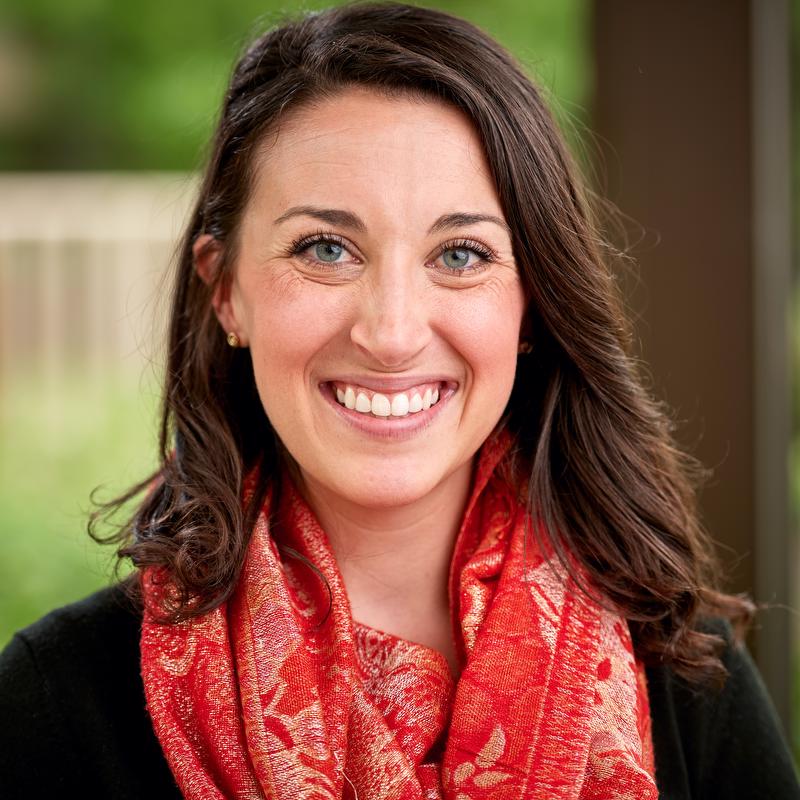 News
News
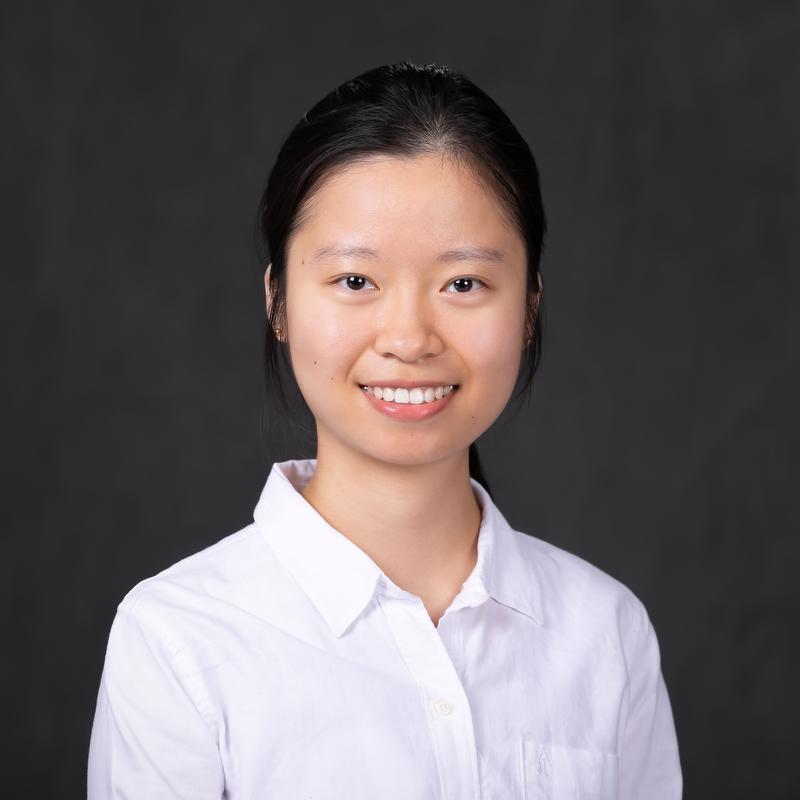 News
News
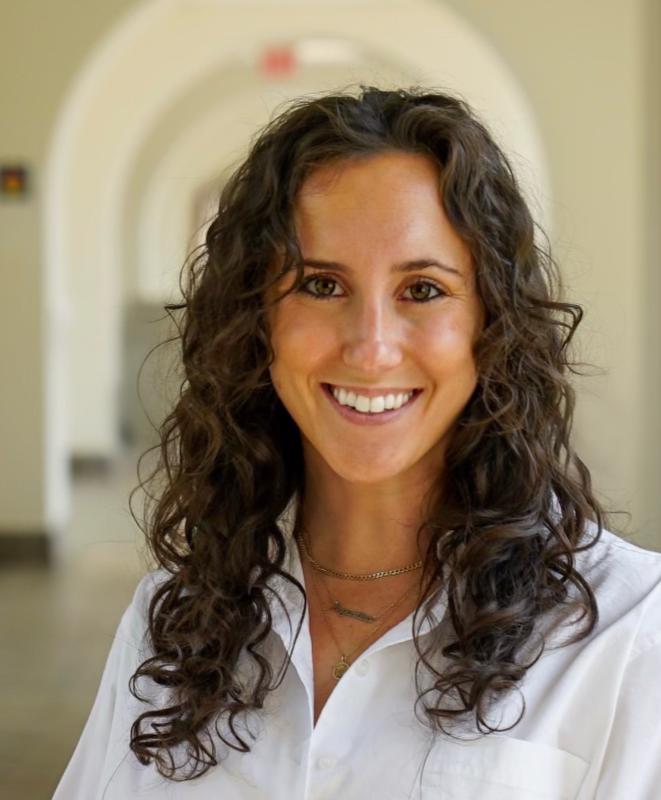 News
News
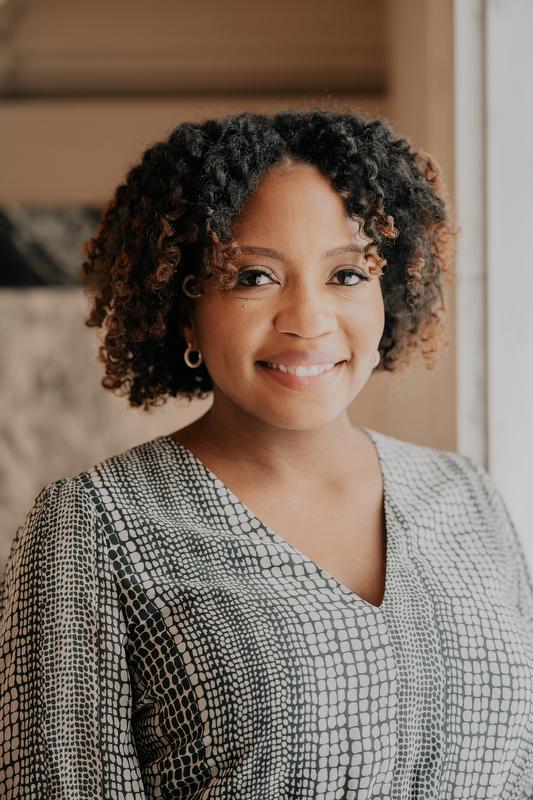 News
News
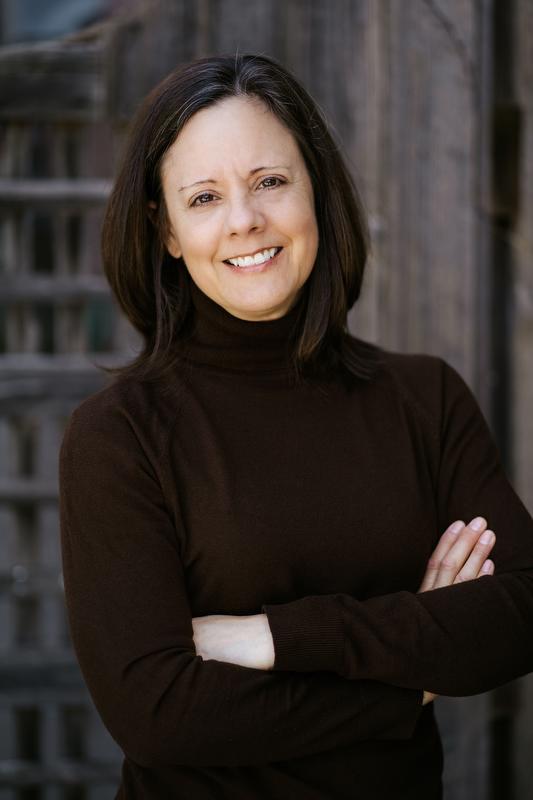 News
News
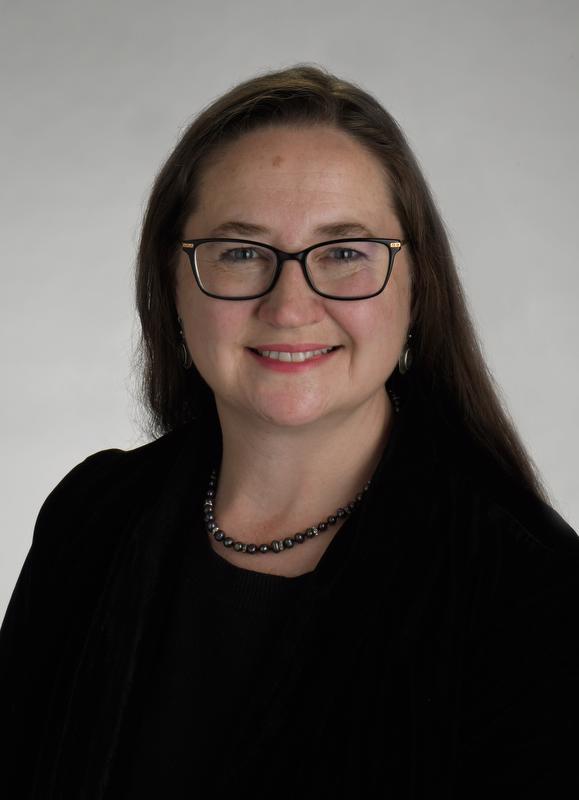 News
News
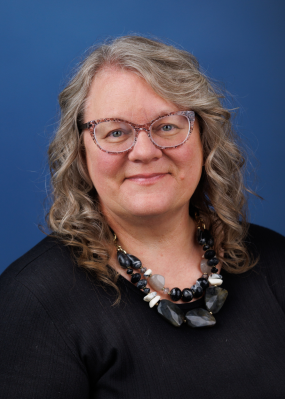 Funded Projects · News
Funded Projects · News
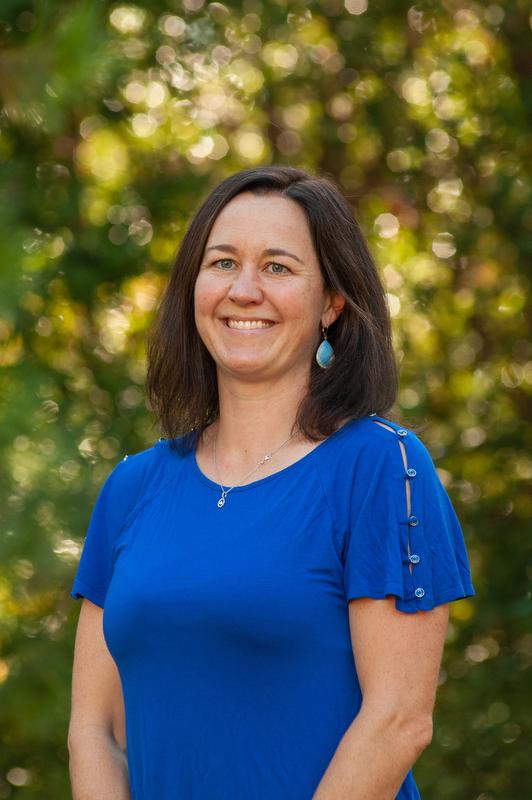 Funded Projects · News
Funded Projects · News
 KL2 Scholar · News
KL2 Scholar · News
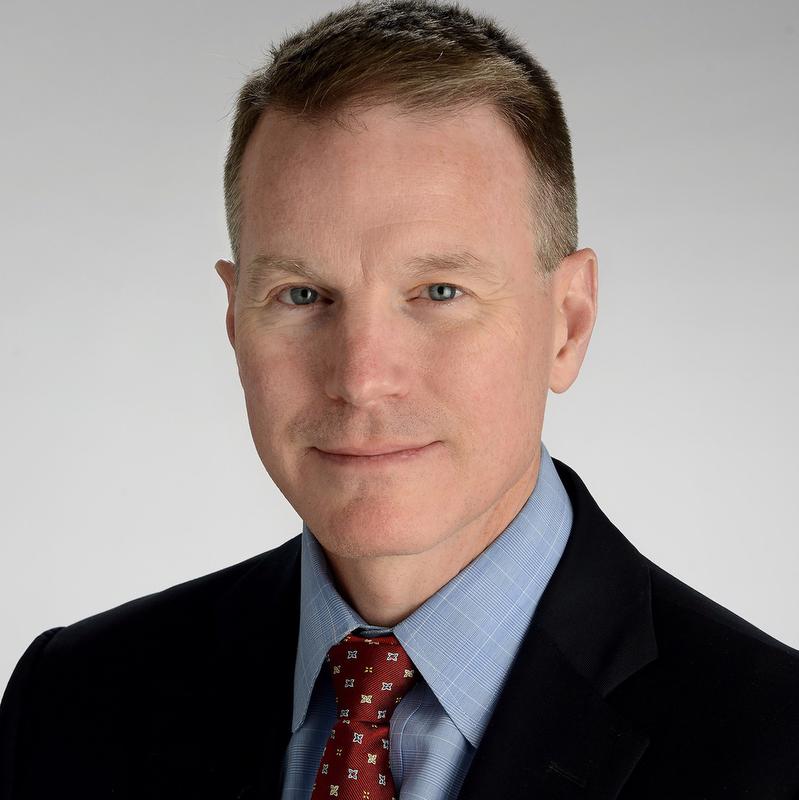 News
News
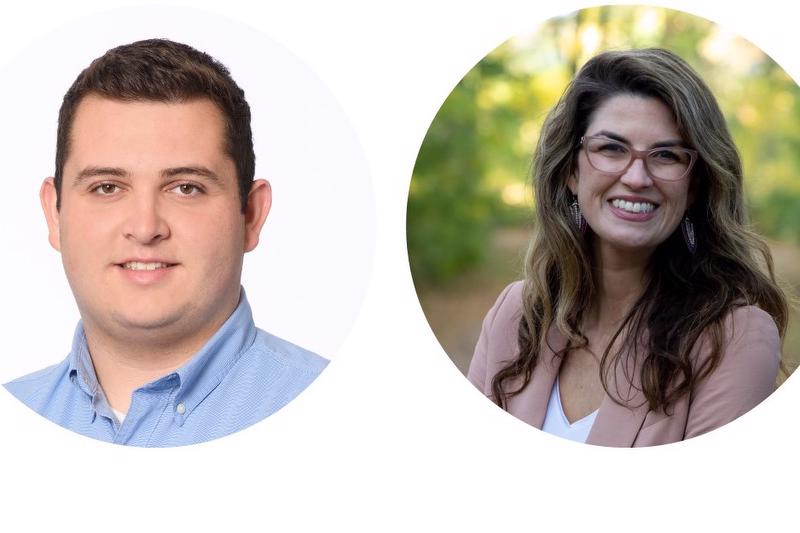 News
News
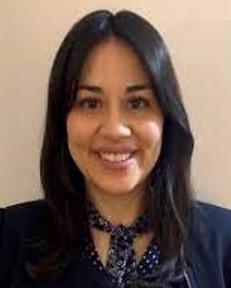 KL2 Scholar · News
KL2 Scholar · News
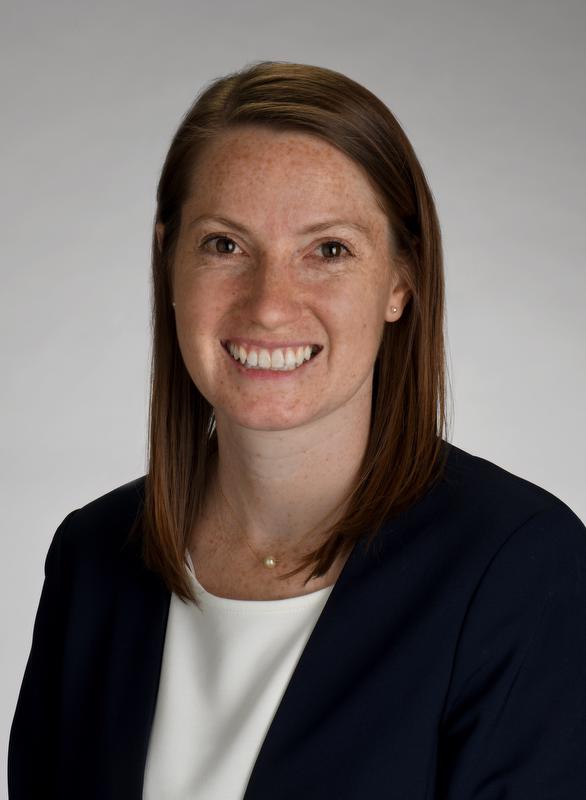 KL2 Scholar
KL2 Scholar
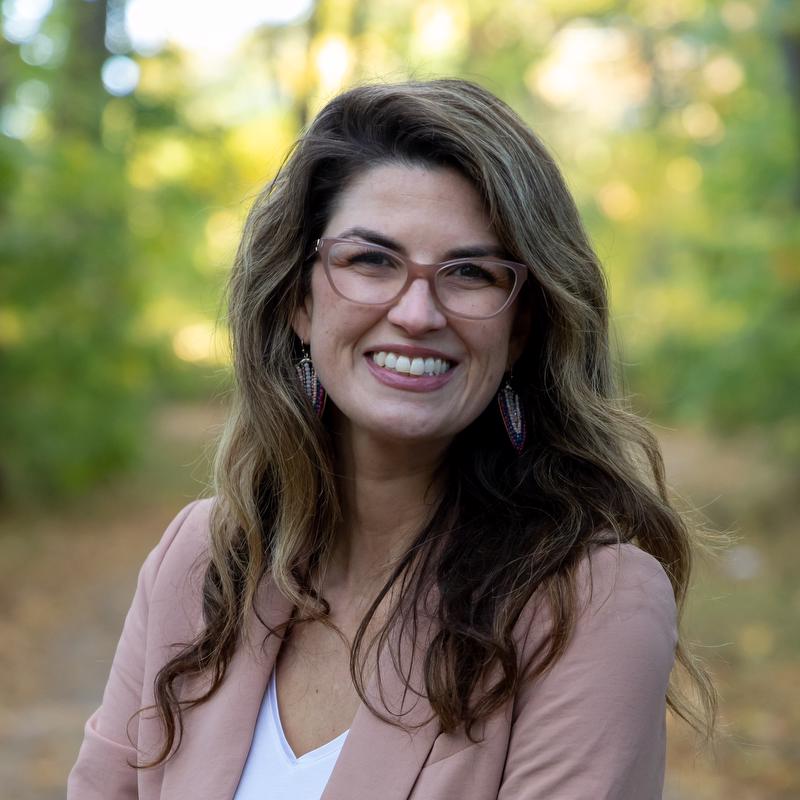 News
News
 News
News
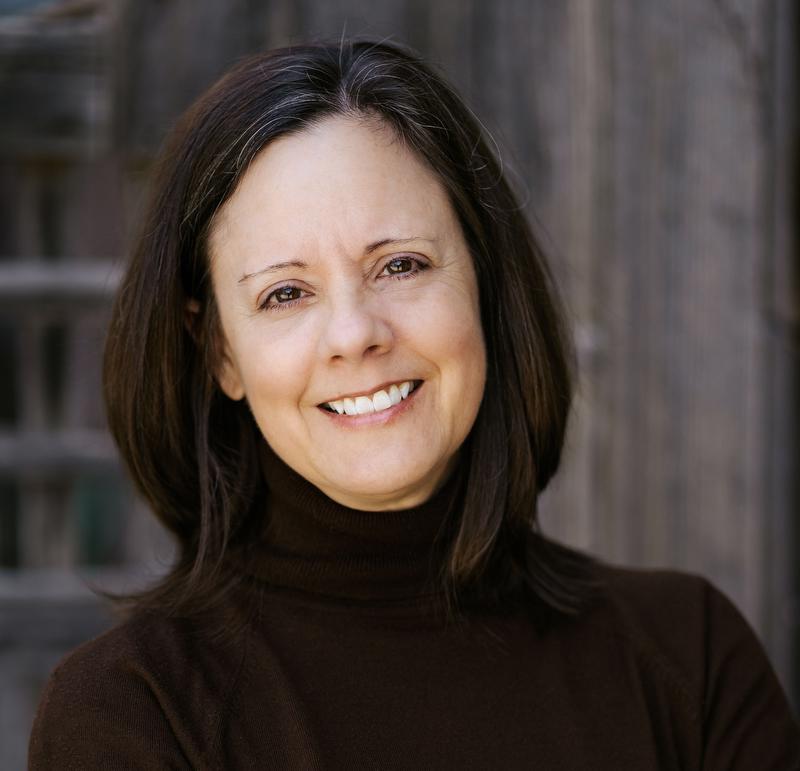 KL2 Scholar · News
KL2 Scholar · News
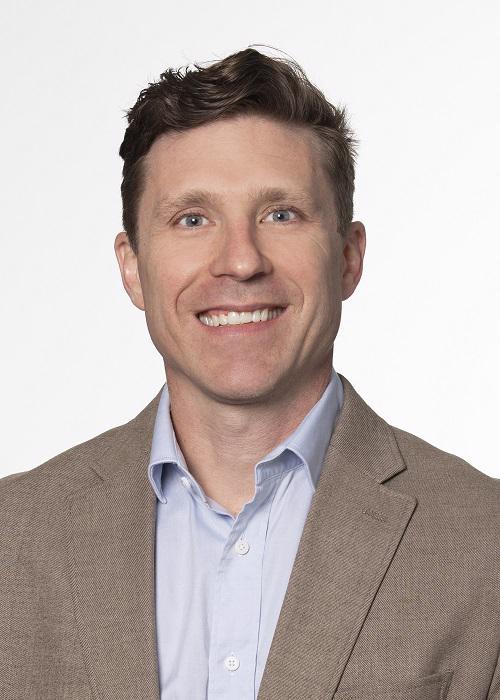 News
News
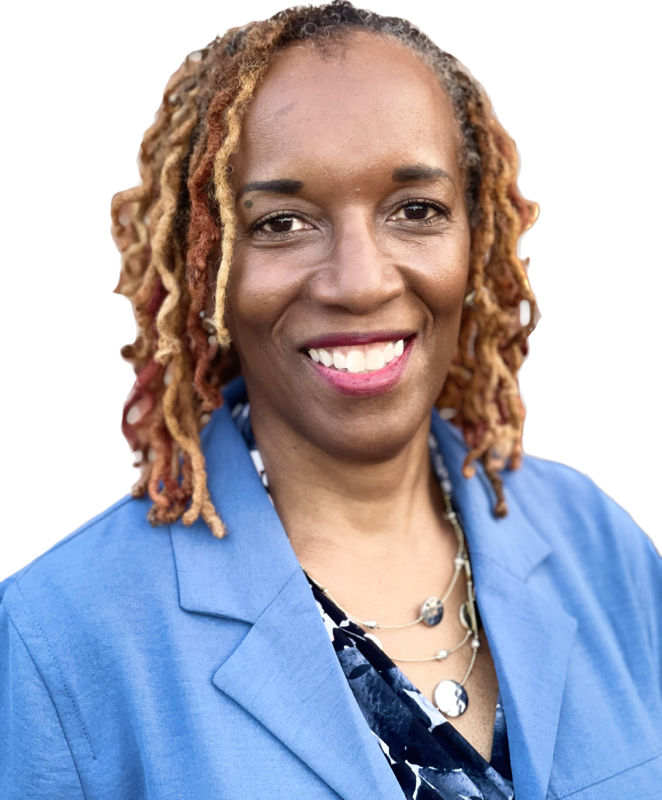 News · In the Community · Funded Projects
News · In the Community · Funded Projects
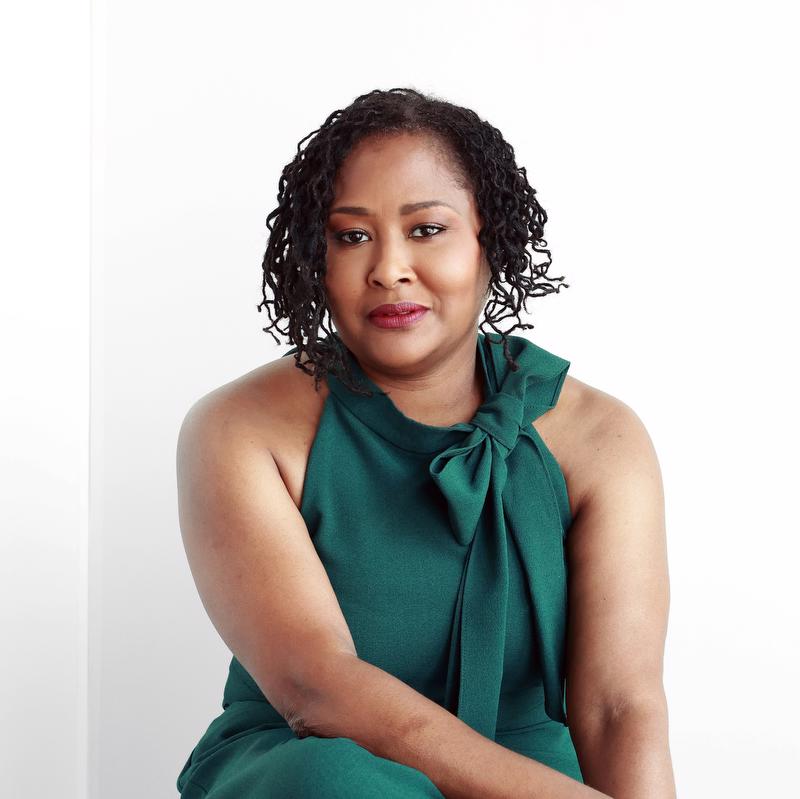 Funded Projects · News
Funded Projects · News
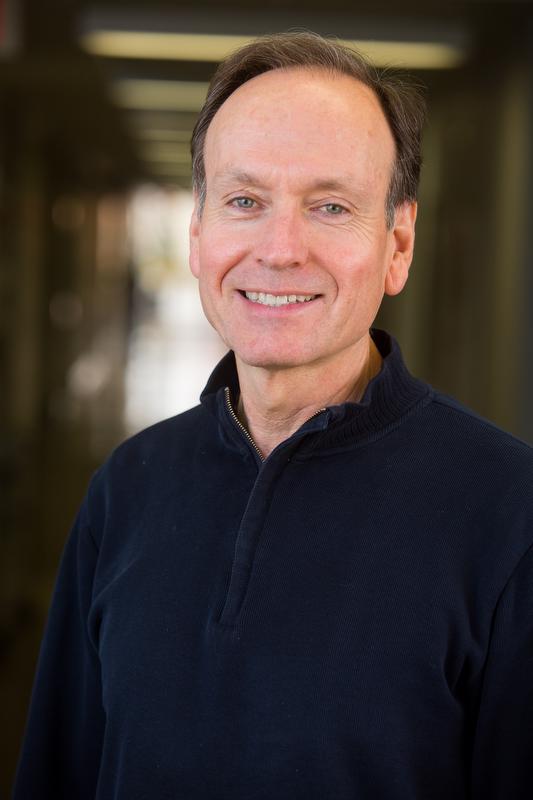 Funded Projects · News
Funded Projects · News
 Funded Projects · News
Funded Projects · News
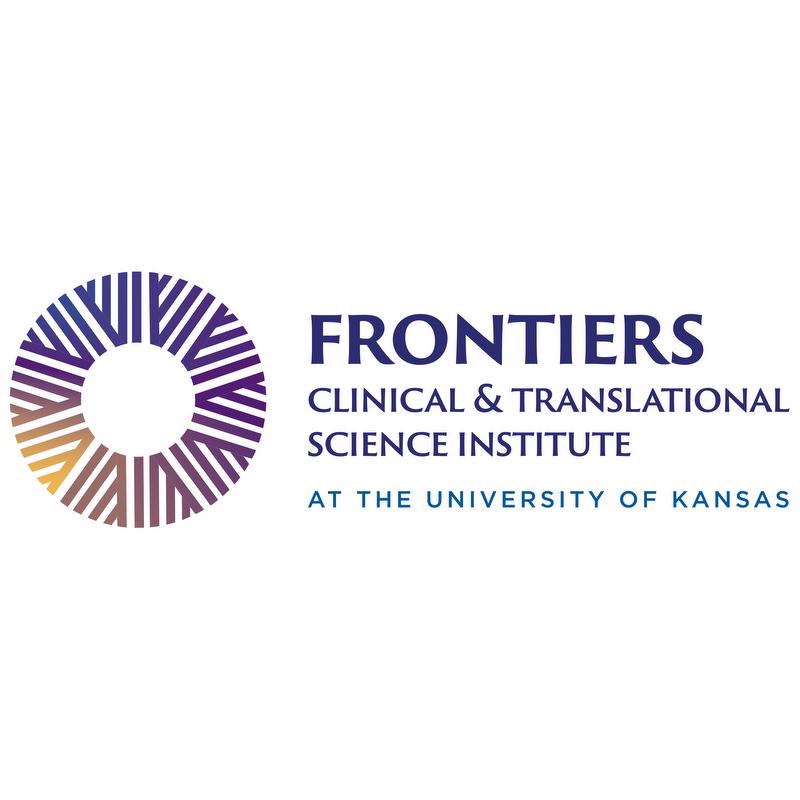 Funded Projects · News
Funded Projects · News
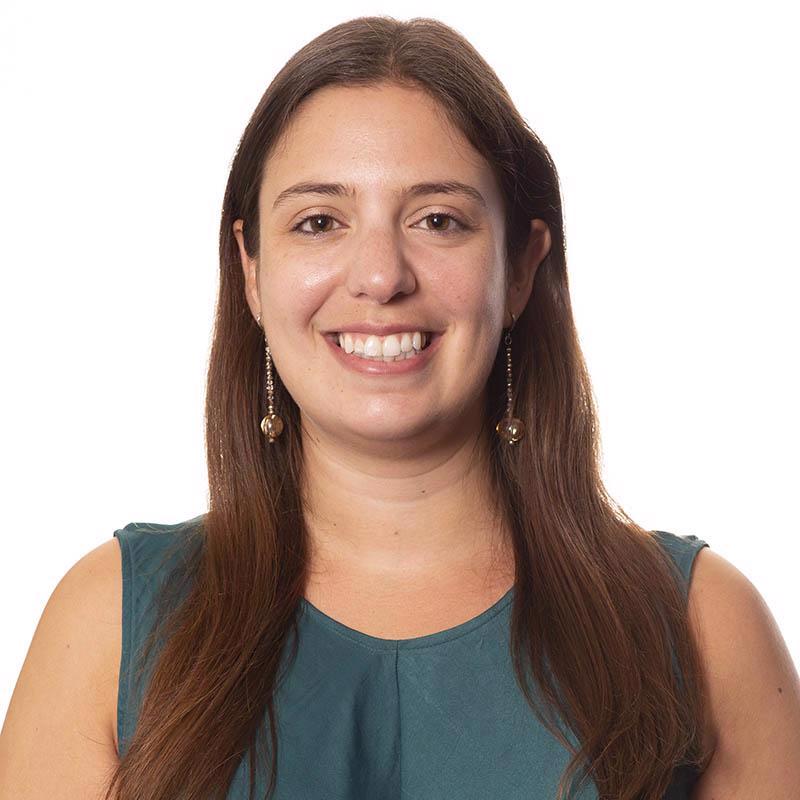 News
News
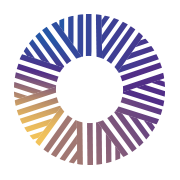 Funded Projects · News
Funded Projects · News
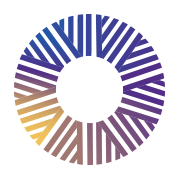
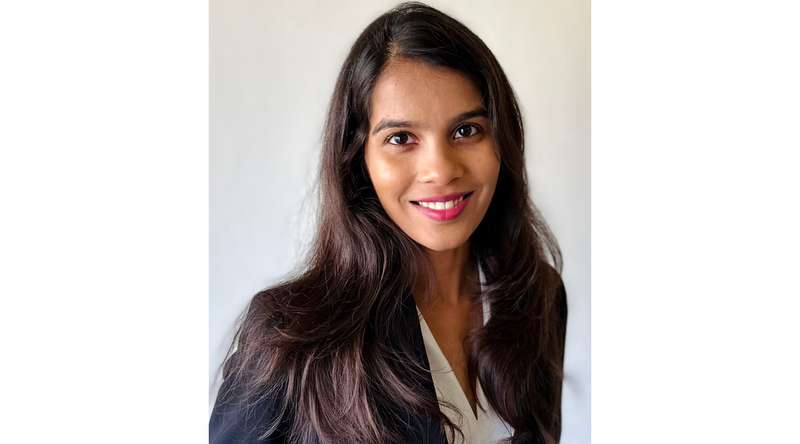 TL1 Trainee · News
TL1 Trainee · News
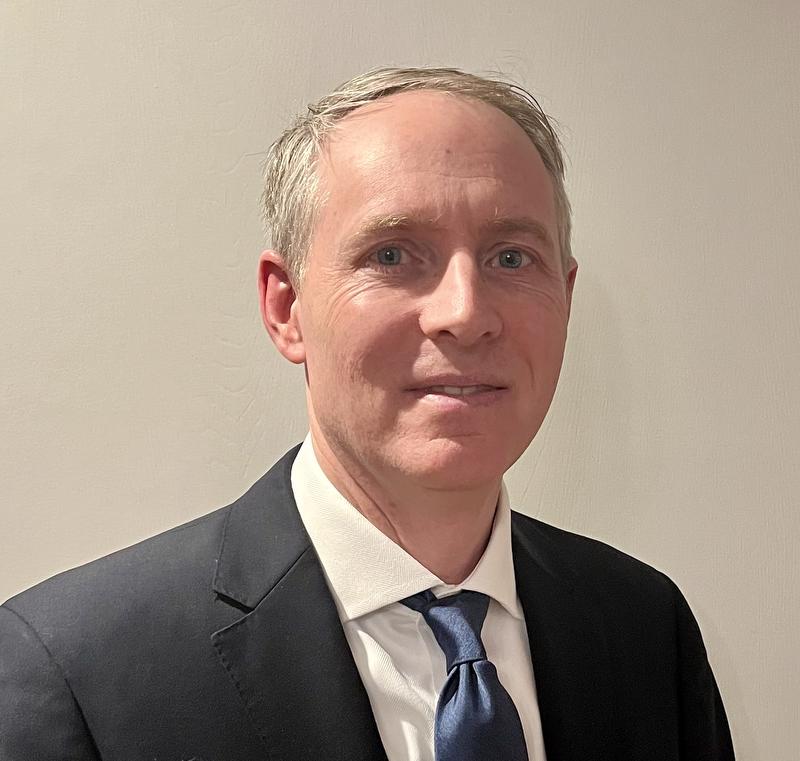 Funded Projects · News
Funded Projects · News
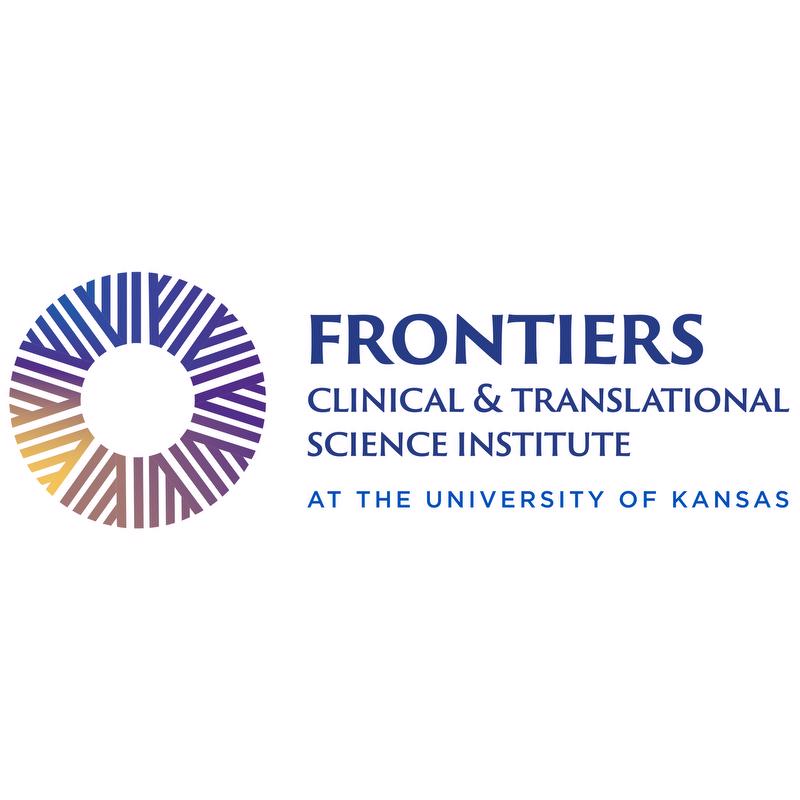 Events · News
Events · News
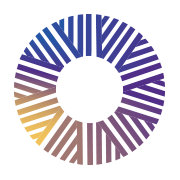 Funded Projects · News
Funded Projects · News
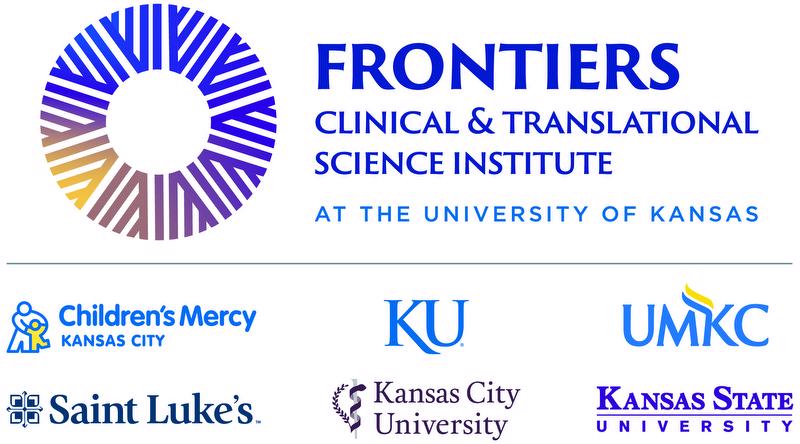
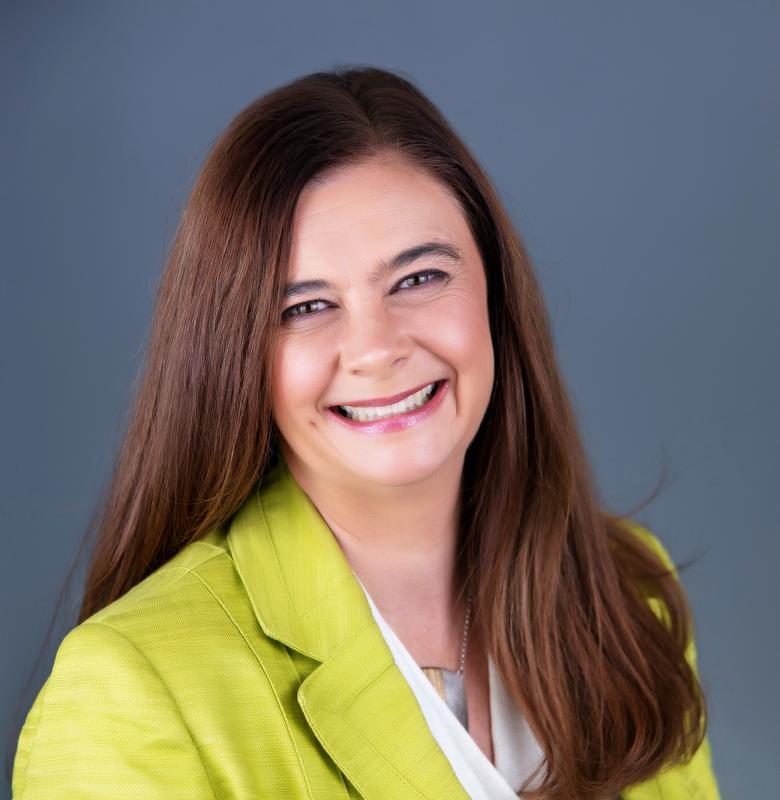 Funded Projects · News
Funded Projects · News
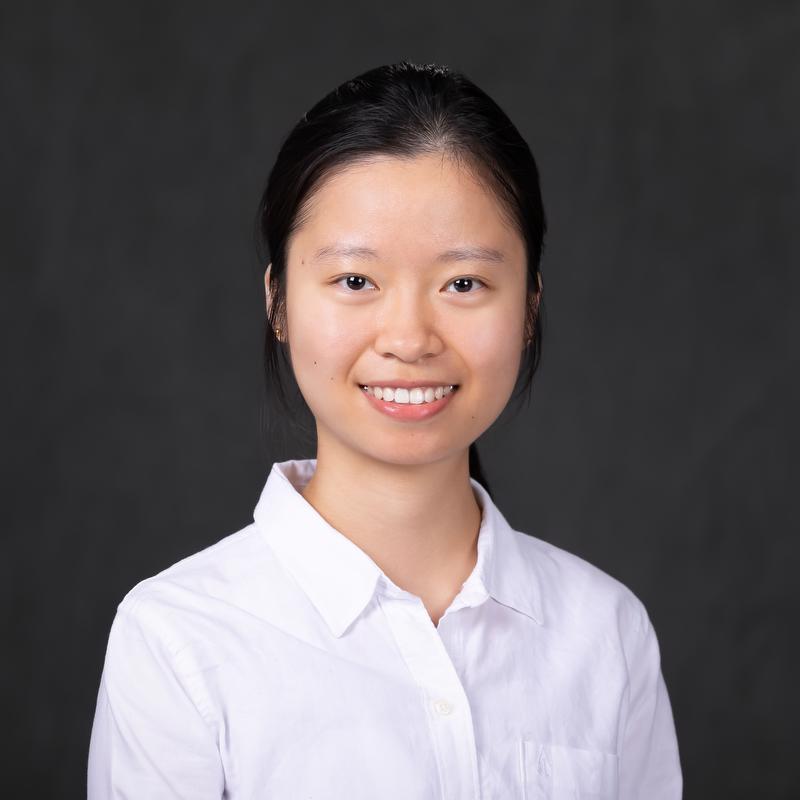 TL1 Trainee · News
TL1 Trainee · News
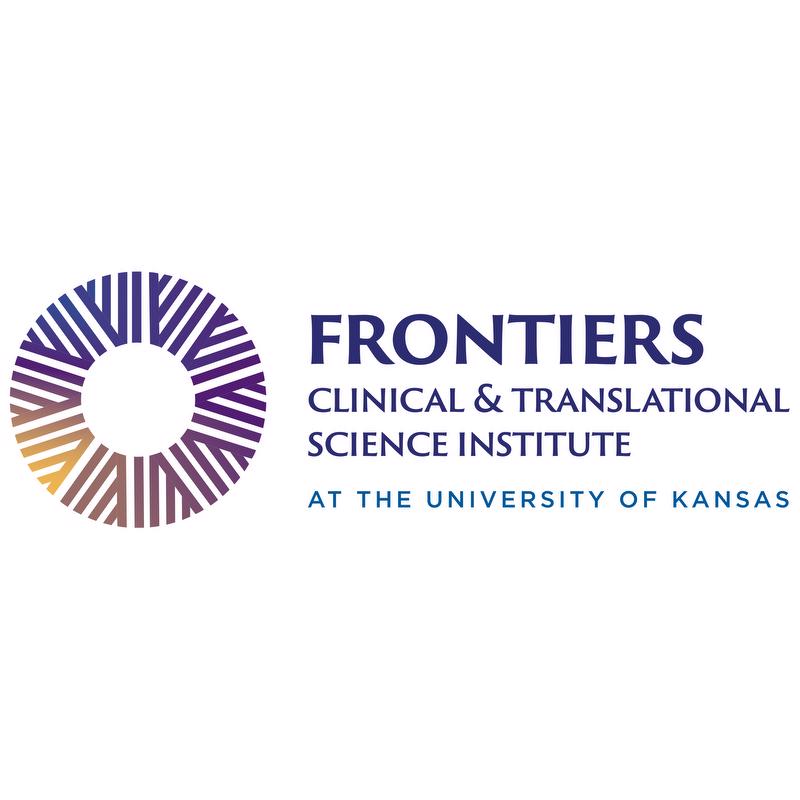 News · In the Community · Funded Projects
News · In the Community · Funded Projects
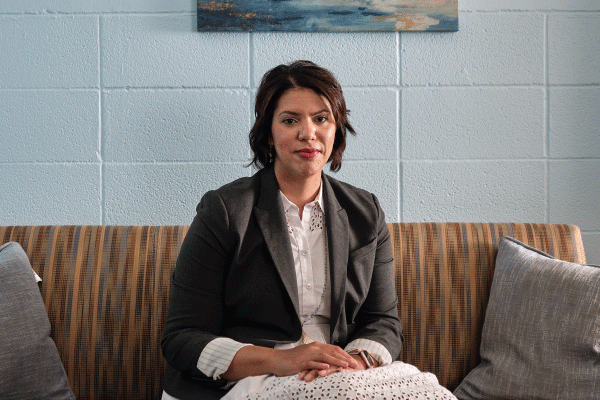 Funded Projects · News
Funded Projects · News
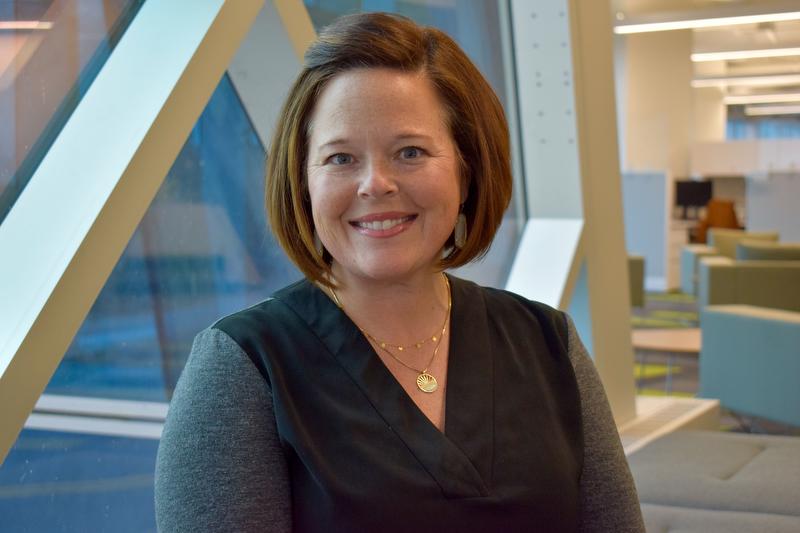 KL2 Scholar · News
KL2 Scholar · News
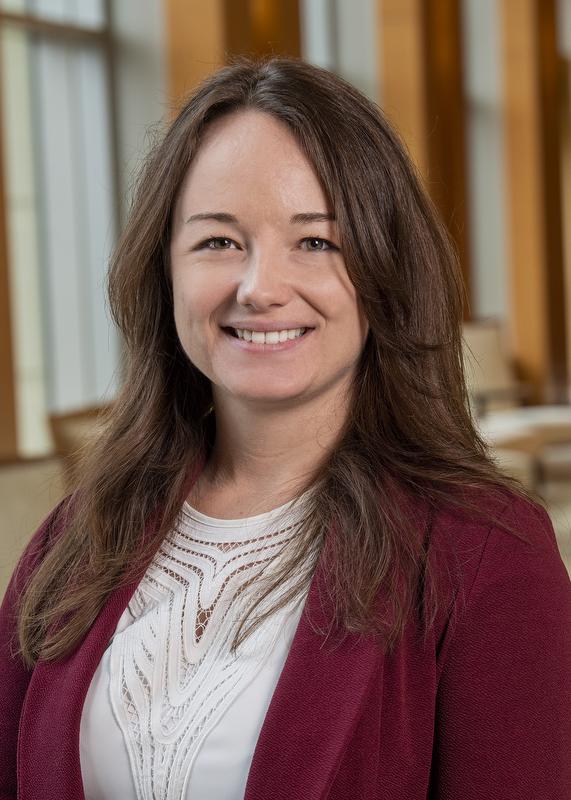 TL1 Trainee · News
TL1 Trainee · News
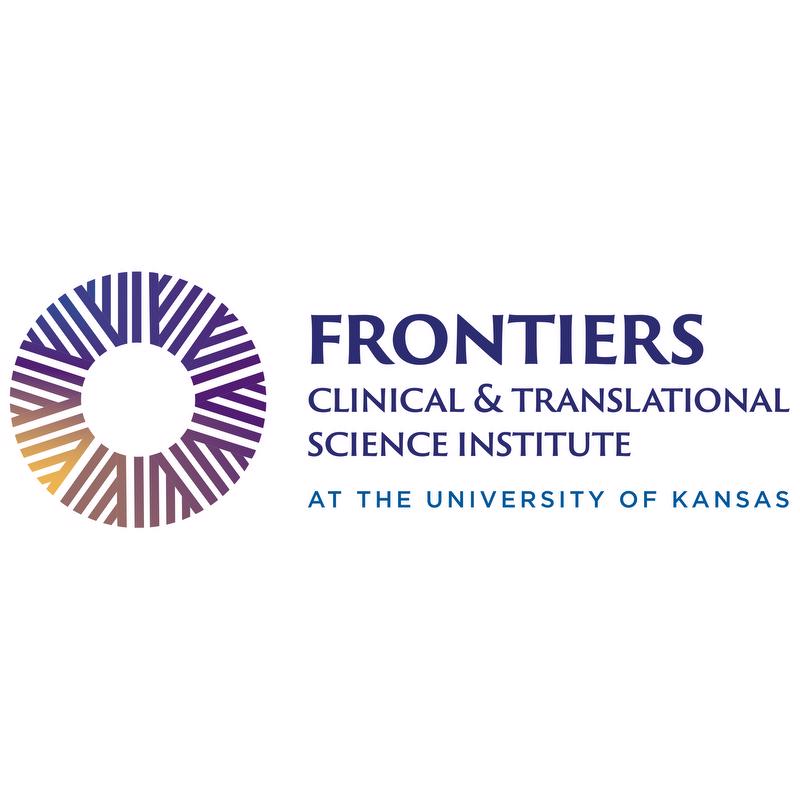 News
News
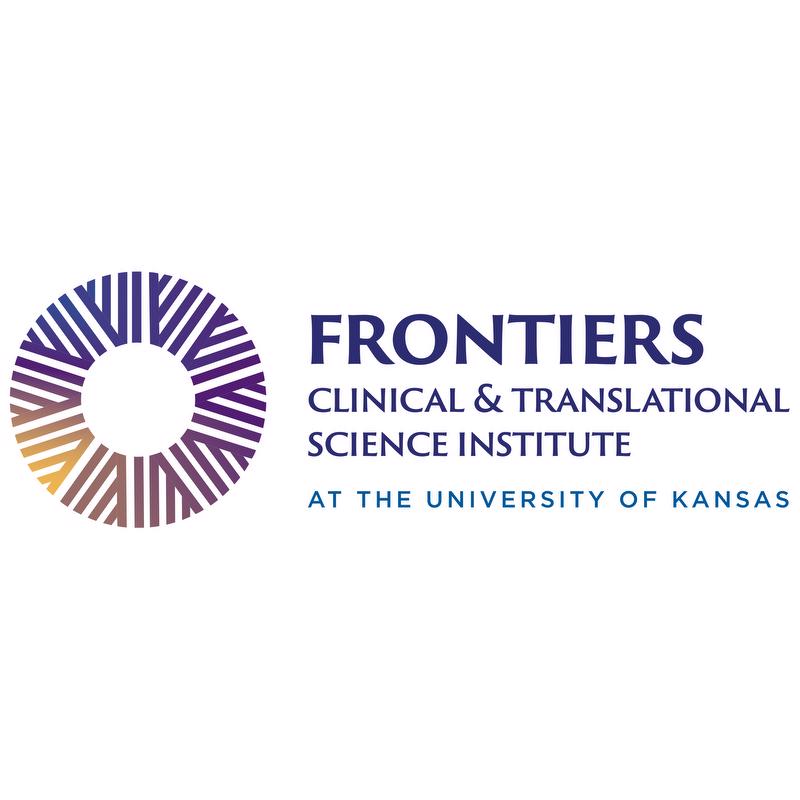 News
News
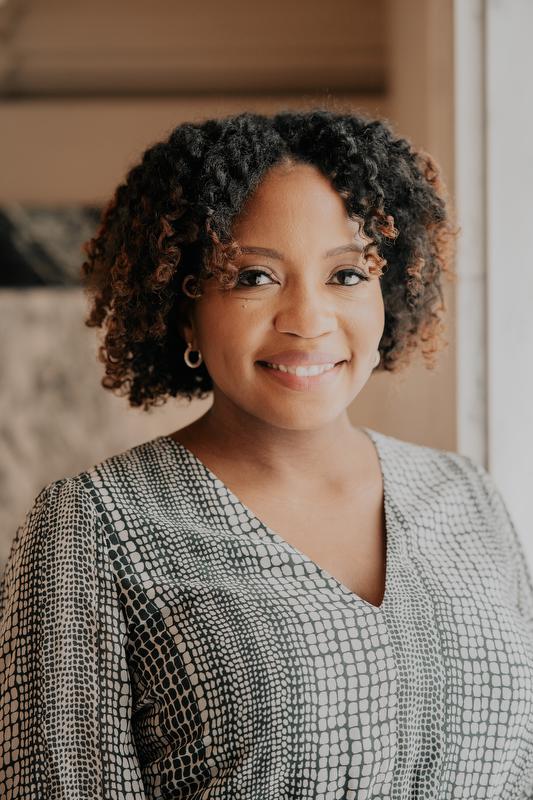 KL2 Scholar · News
KL2 Scholar · News
 TL1 Trainee · News
TL1 Trainee · News
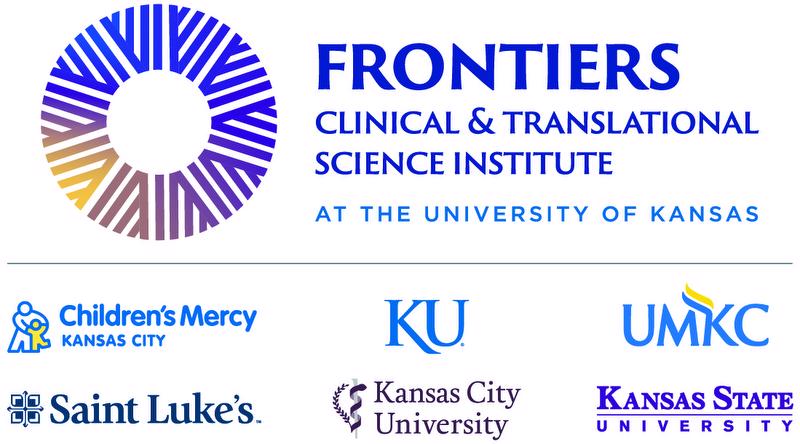 News
News
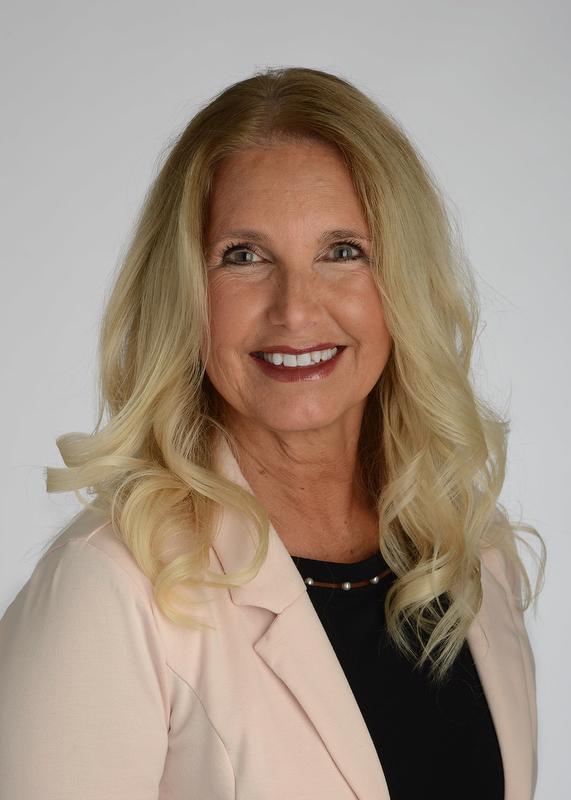 News
News
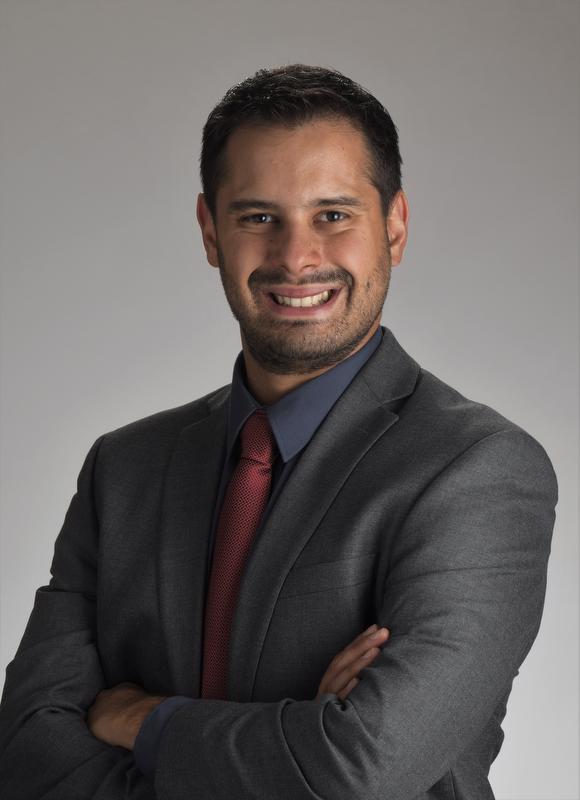 Funded Projects · News
Funded Projects · News
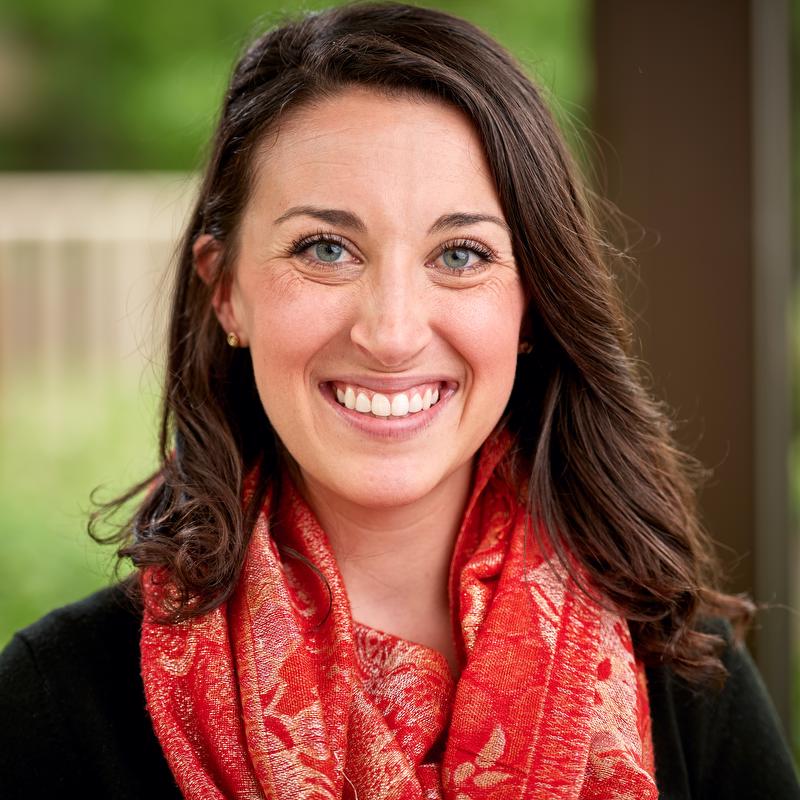 Events · News
Events · News
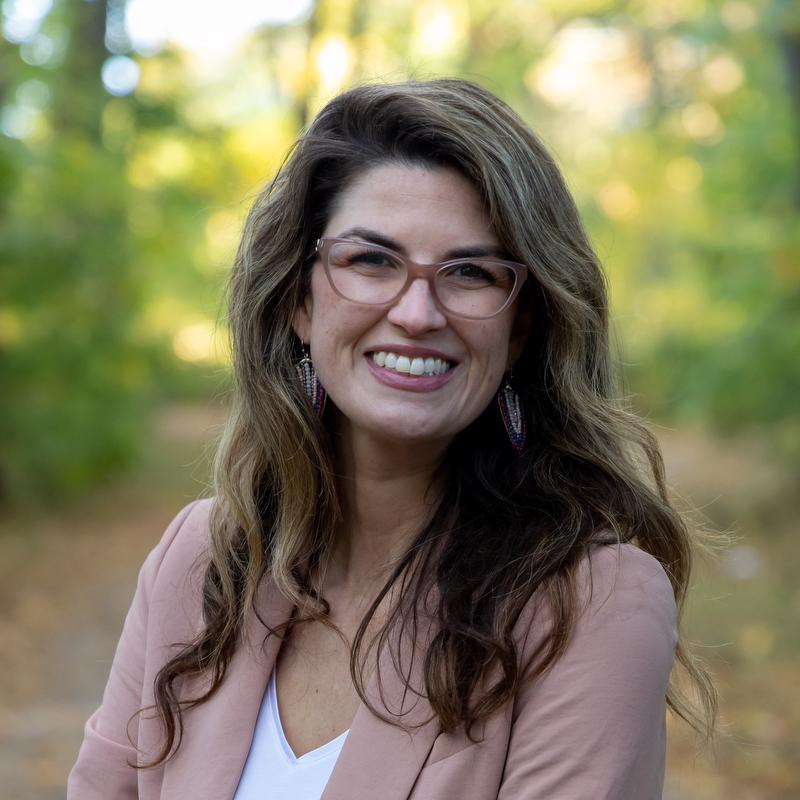
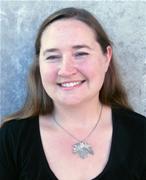 KL2 Scholar · News
KL2 Scholar · News
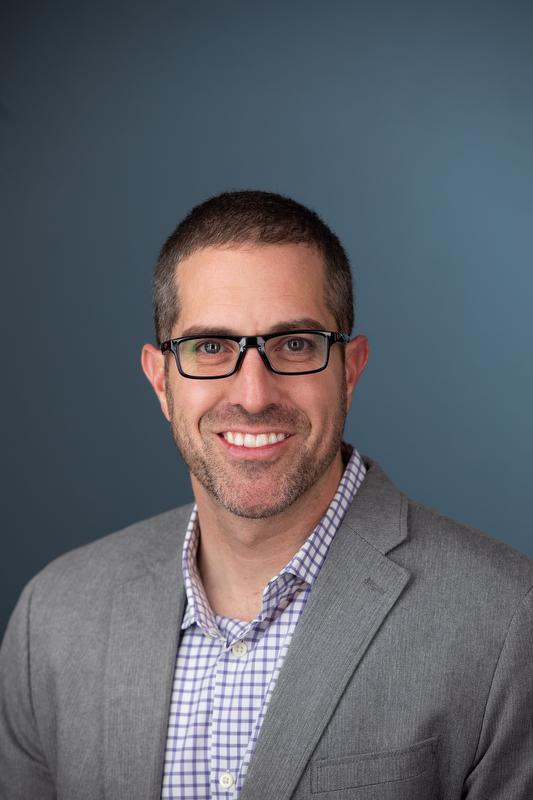 News
News
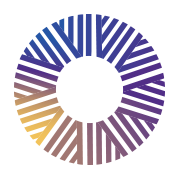
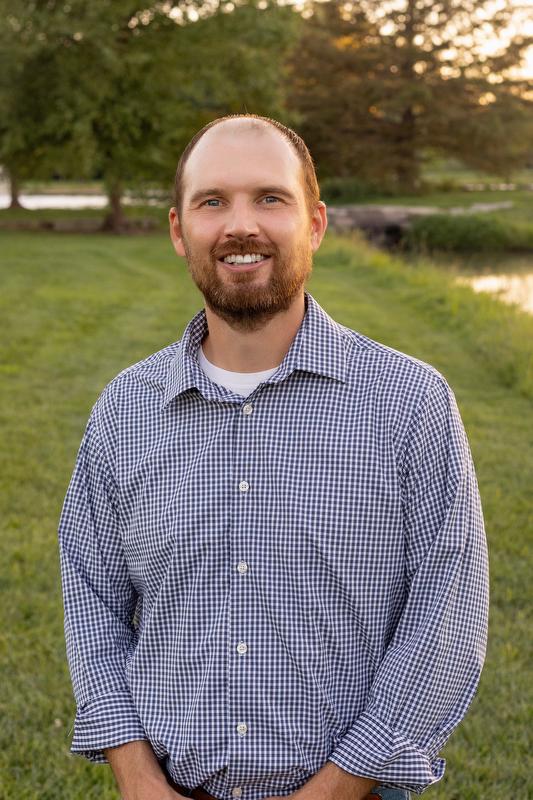 Funded Projects · News
Funded Projects · News
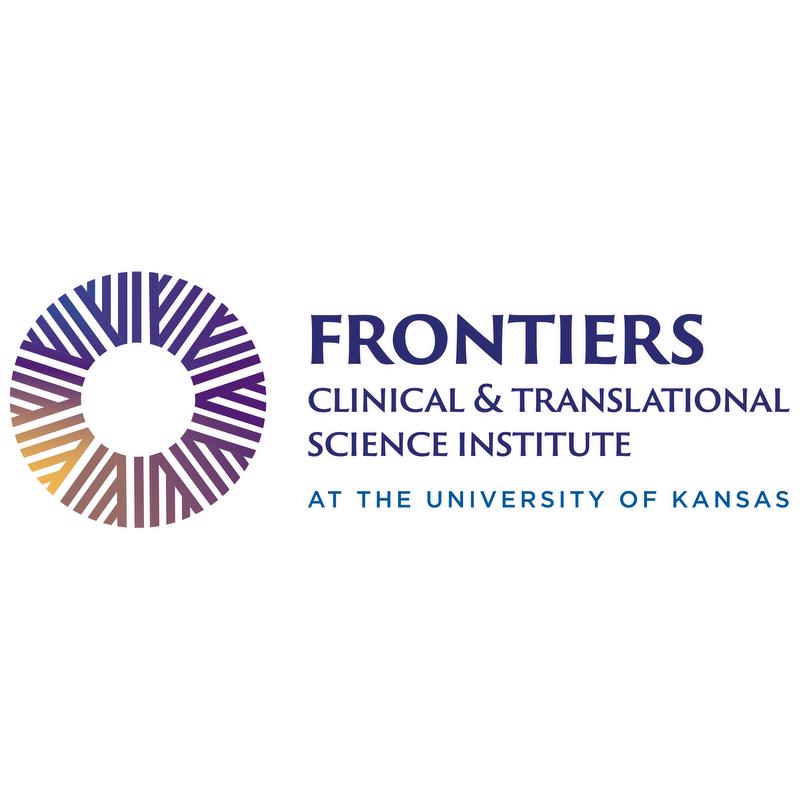 News
News
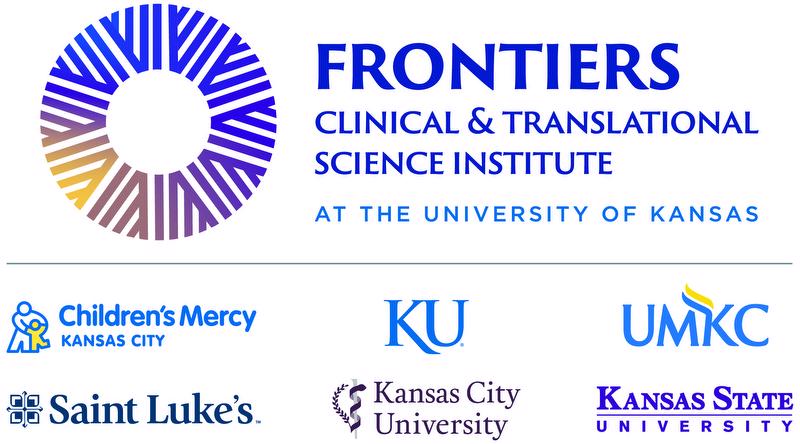 Partner News · News
Partner News · News
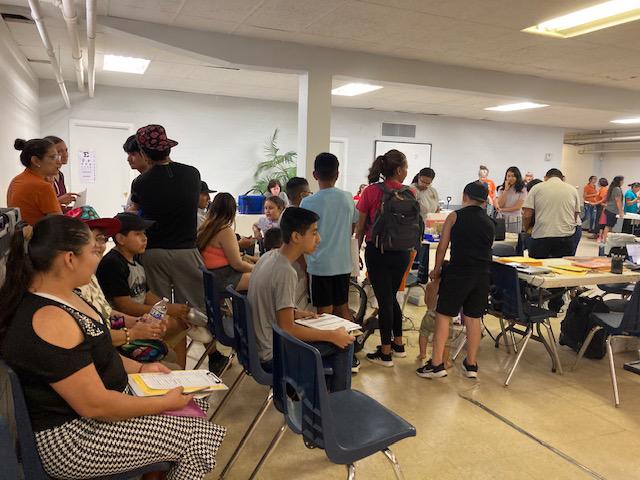 News · In the Community
News · In the Community
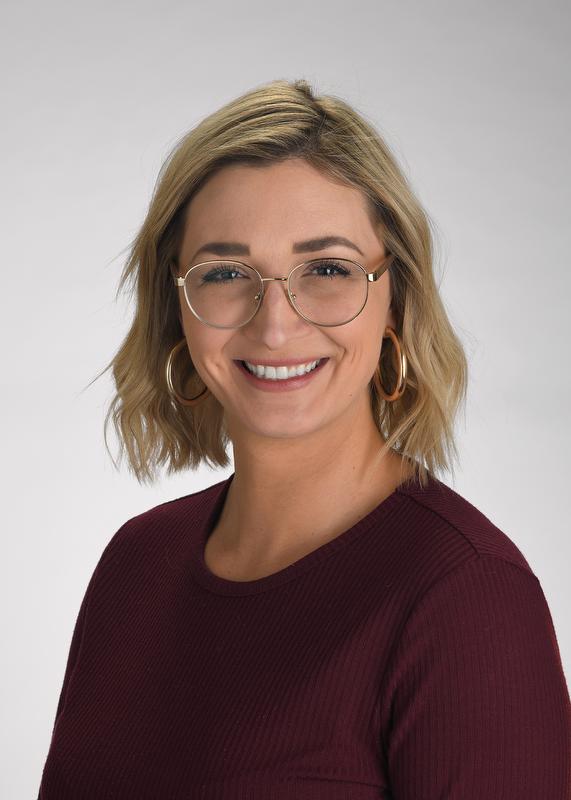
 0
0

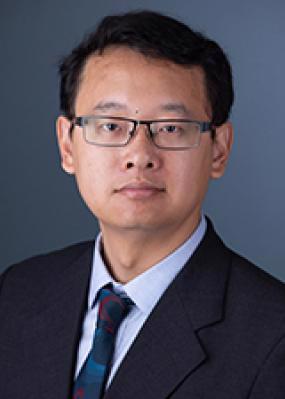 Funded Projects · News
Funded Projects · News
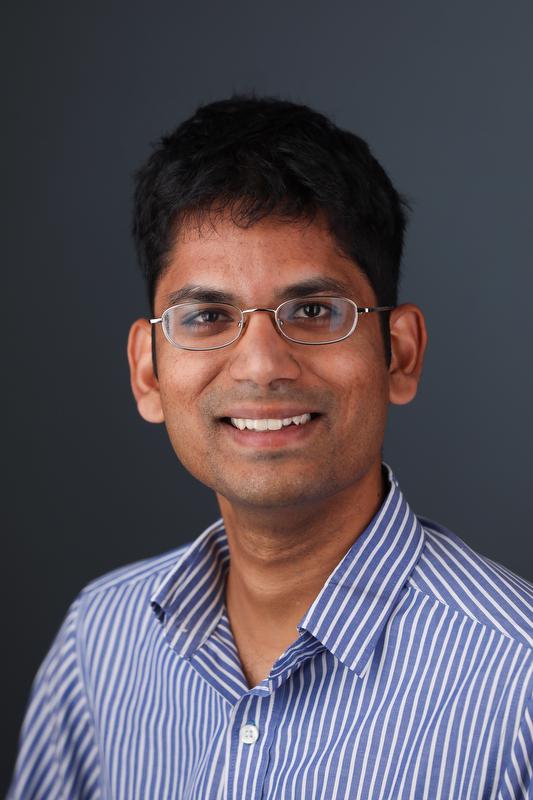 Funded Projects · News
Funded Projects · News
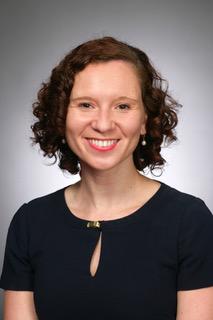 News
News
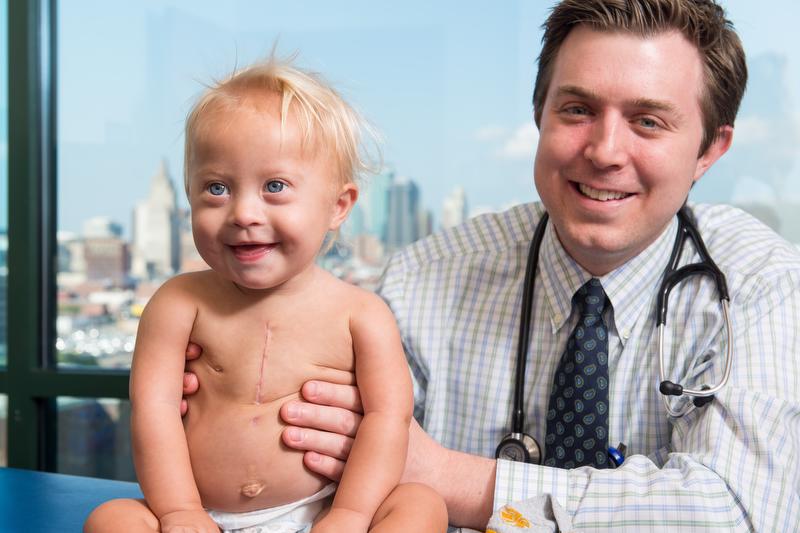 Funded Projects · News
Funded Projects · News
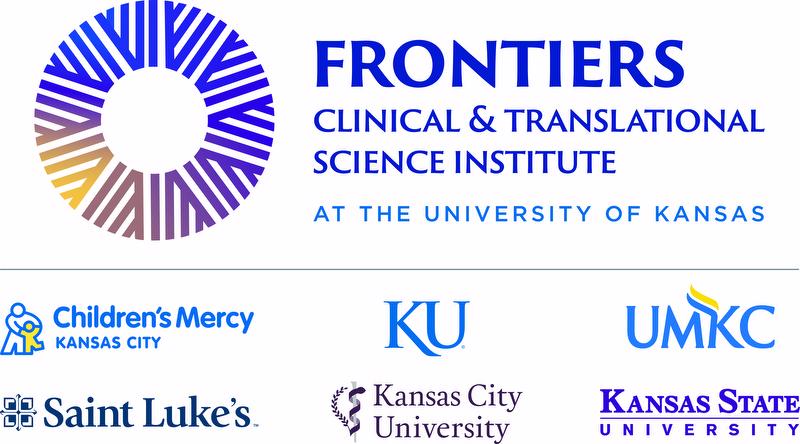 Funded Projects · News
Funded Projects · News
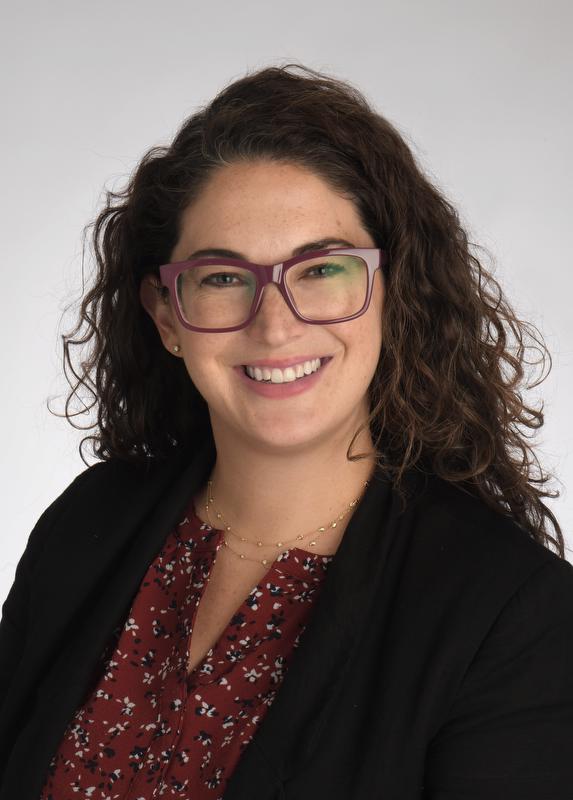 News
News
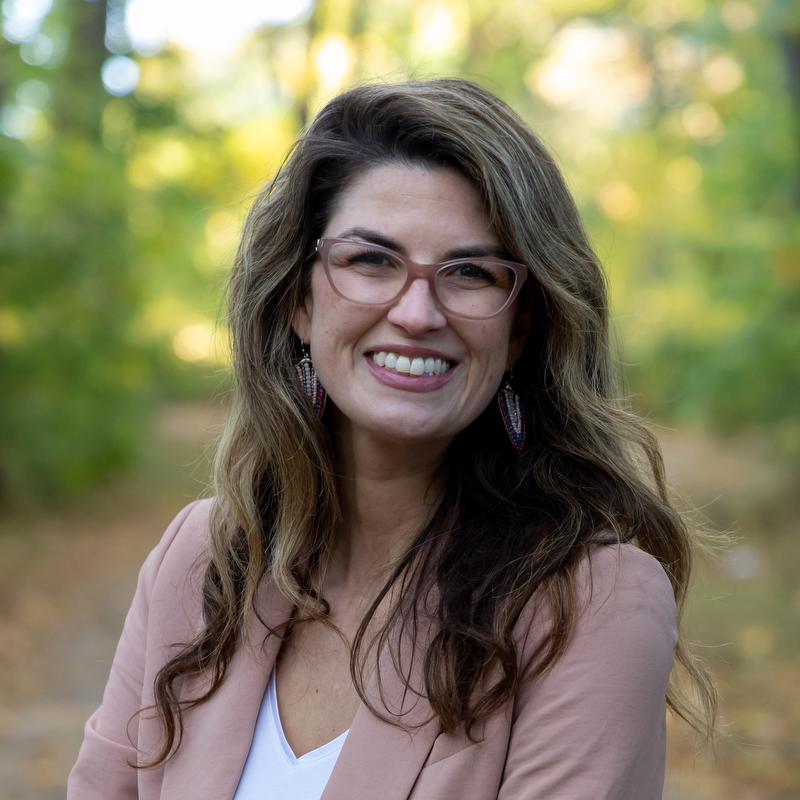 Events · News
Events · News
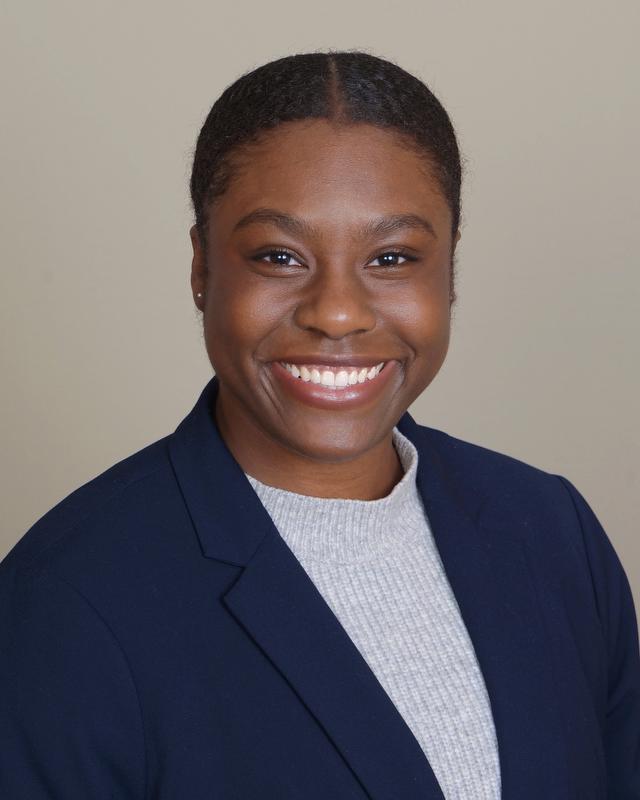 TL1 Trainee · News
TL1 Trainee · News
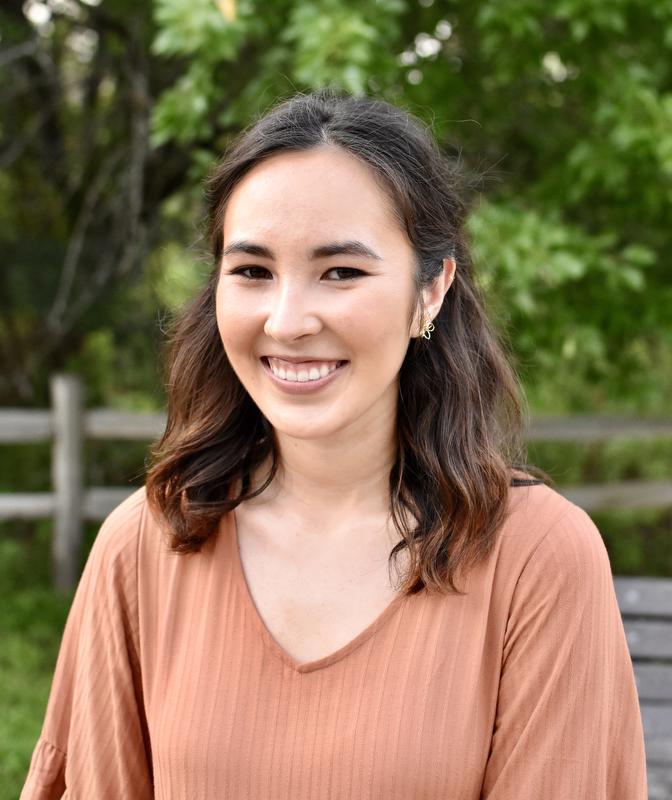 TL1 Trainee · News
TL1 Trainee · News
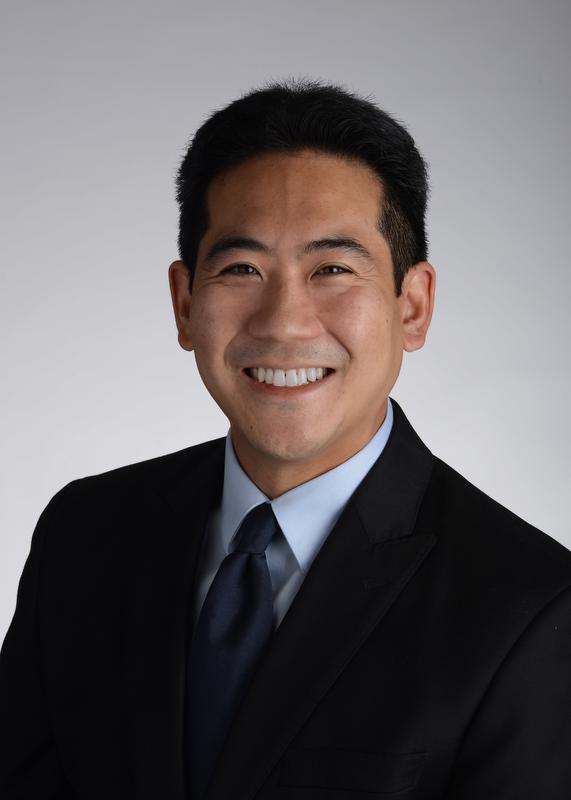 News
News
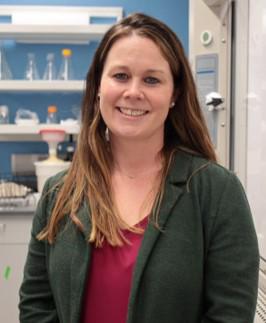 Funded Projects · News
Funded Projects · News
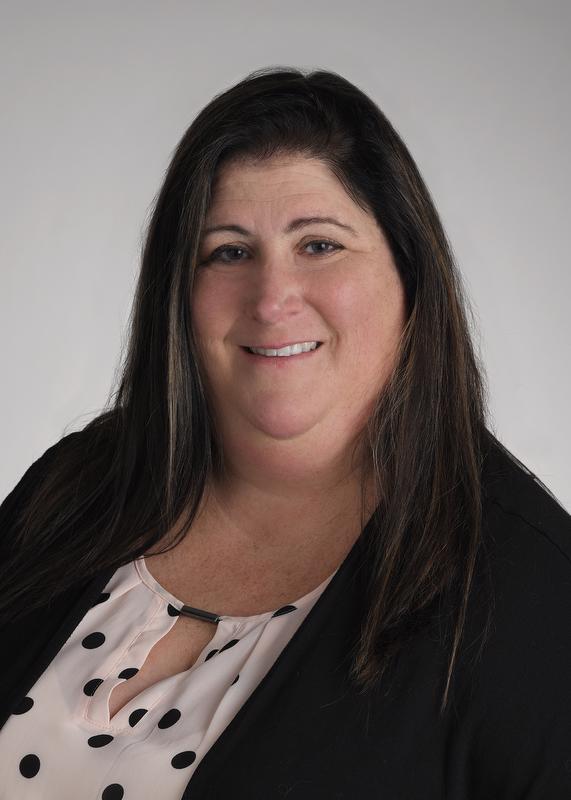 News
News
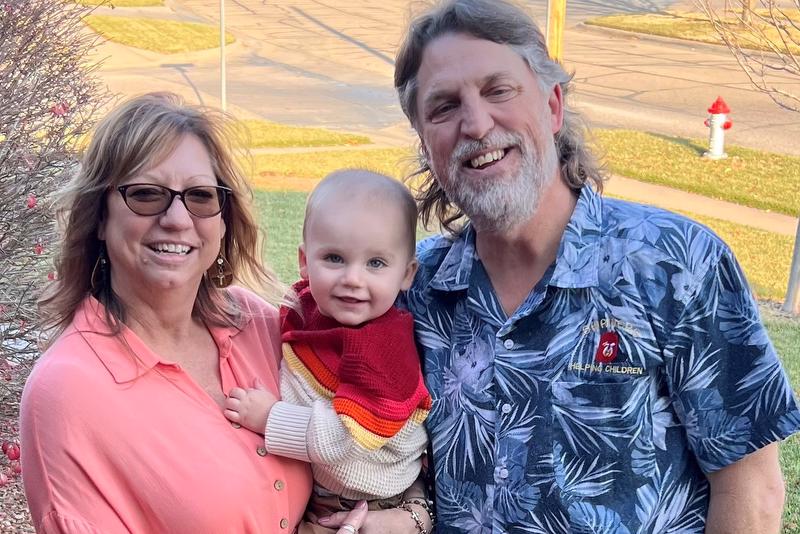 Partner News · News
Partner News · News
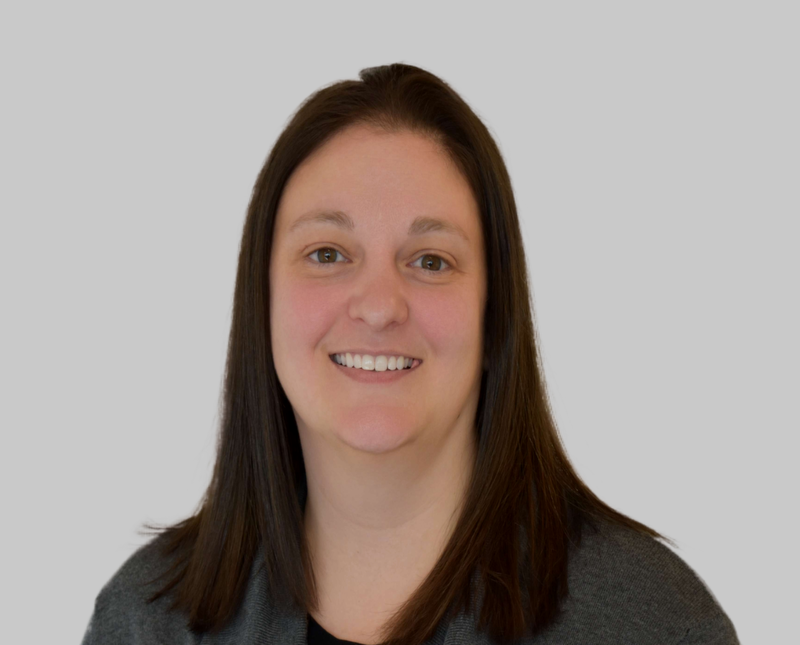 TL1 Trainee · News
TL1 Trainee · News
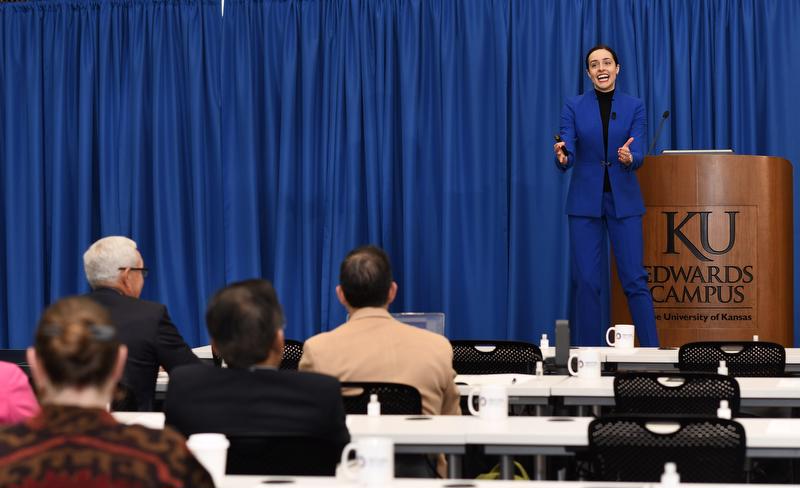 Events · News
Events · News
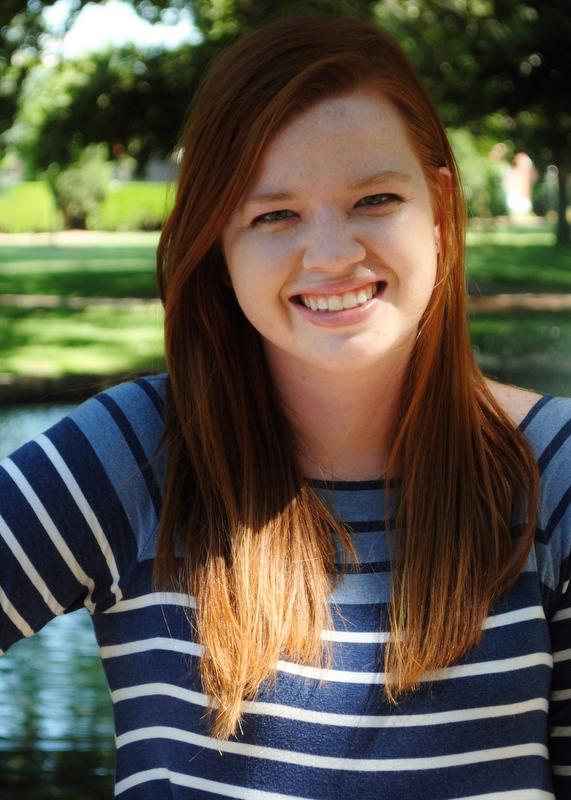 KL2 Scholar · News
KL2 Scholar · News
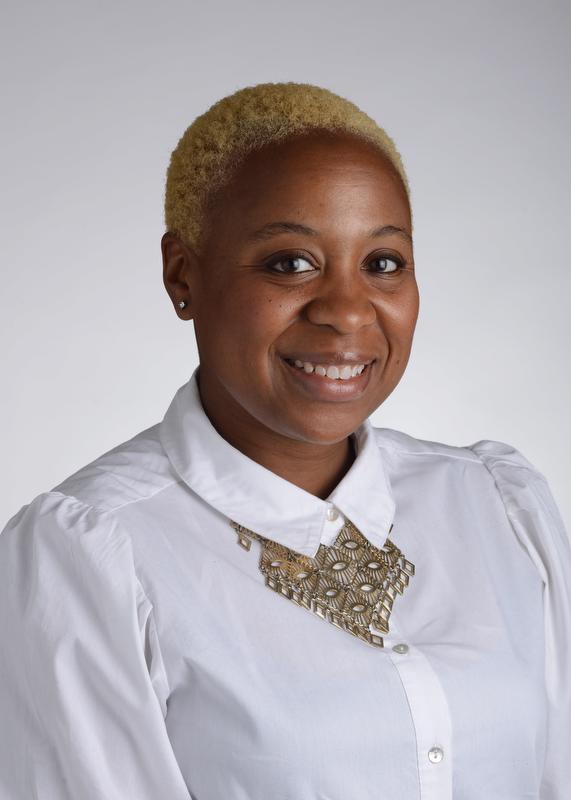 News
News
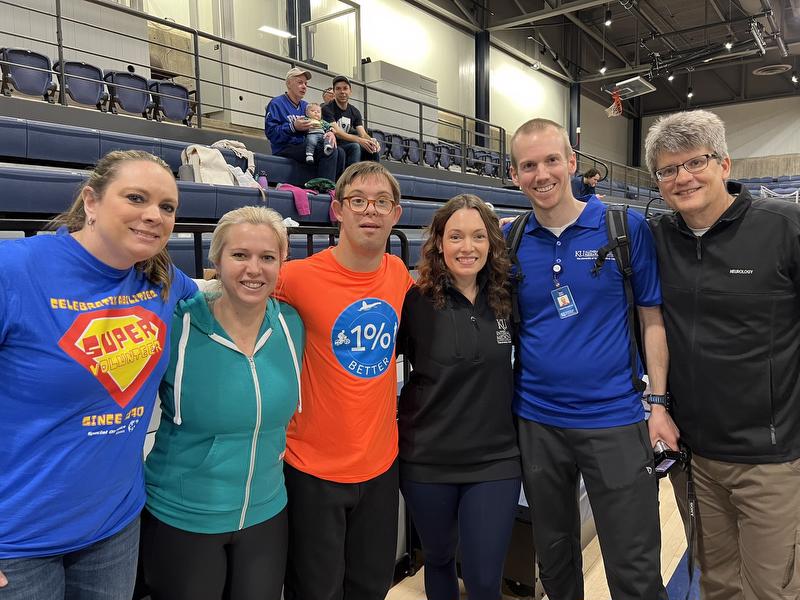 TL1 Trainee · News
TL1 Trainee · News
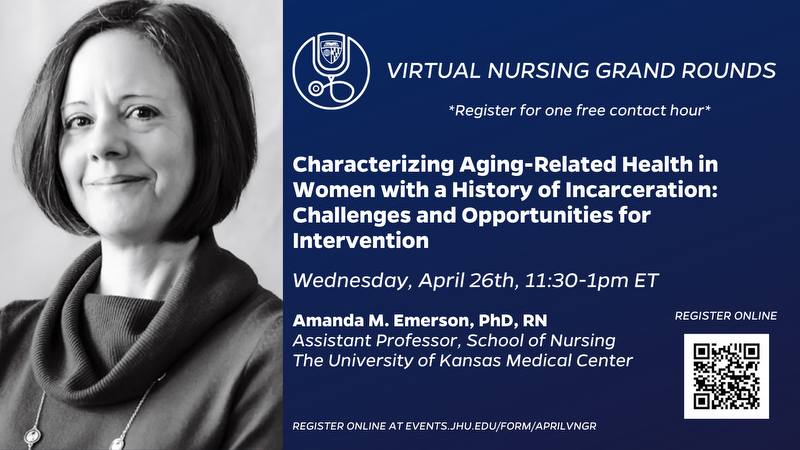 News · KL2 Scholar
News · KL2 Scholar
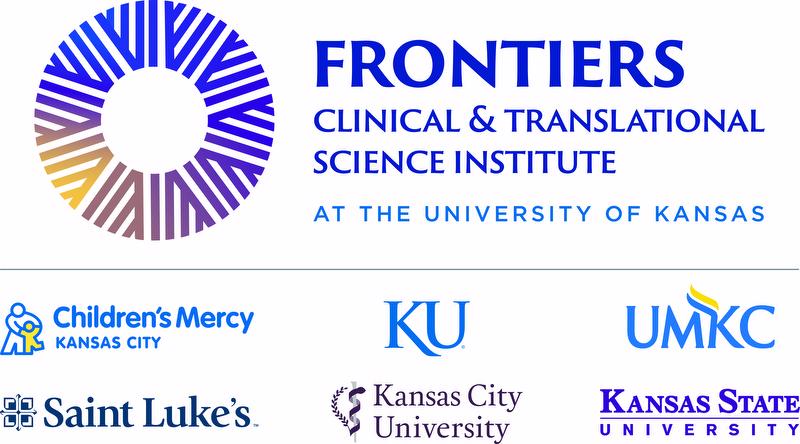
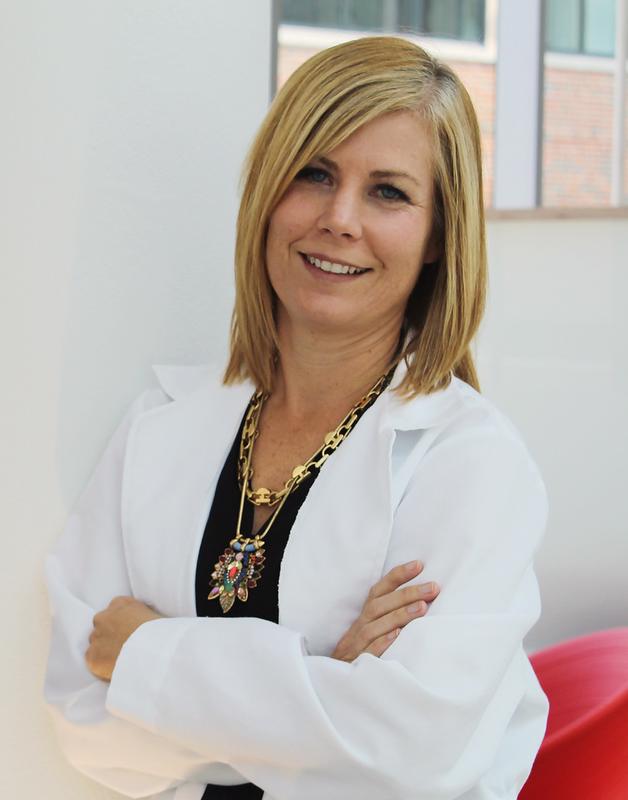 TL1 Trainee · News
TL1 Trainee · News
 Events · News
Events · News
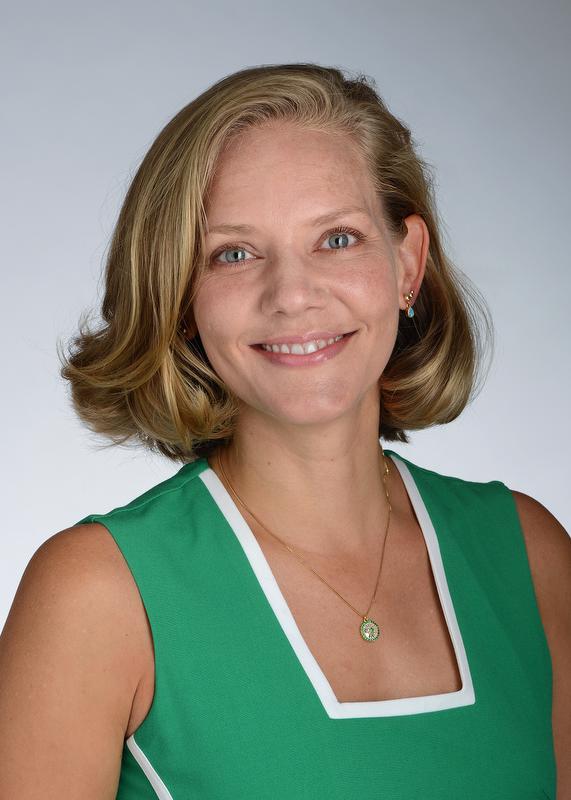 News
News
 News
News

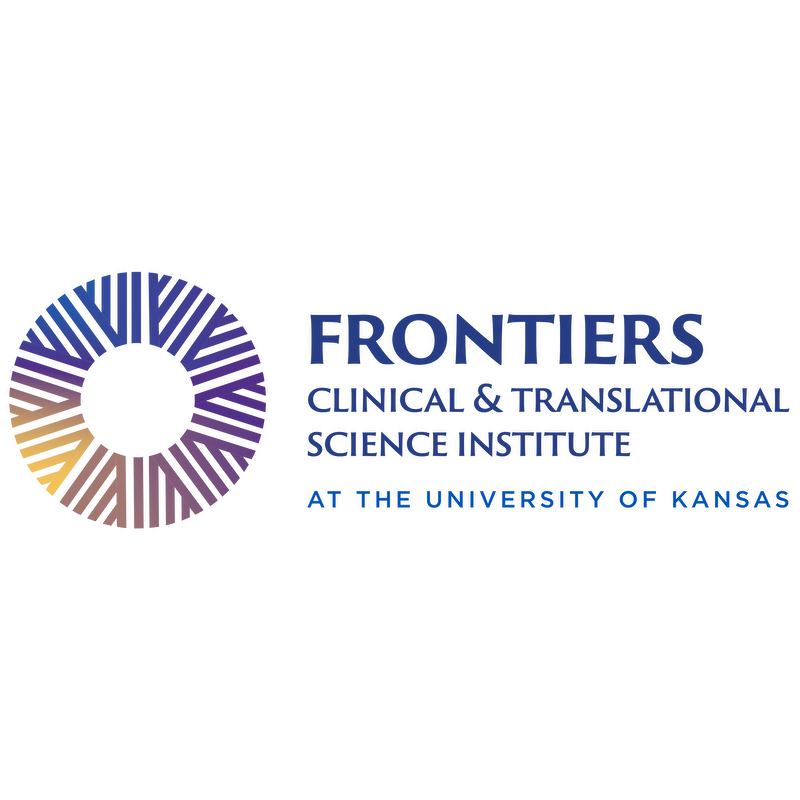
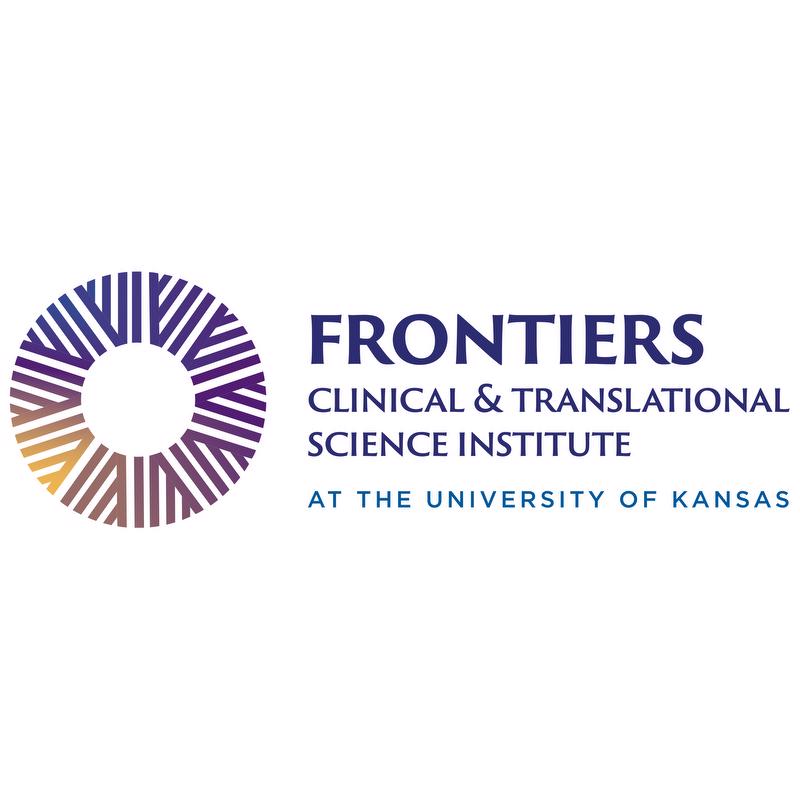 News
News
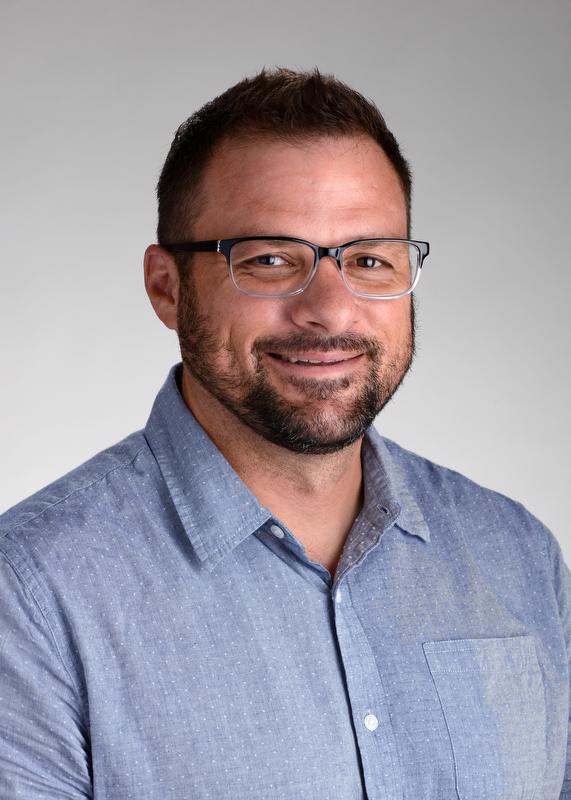
 40
40

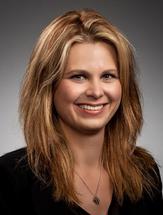 News
News
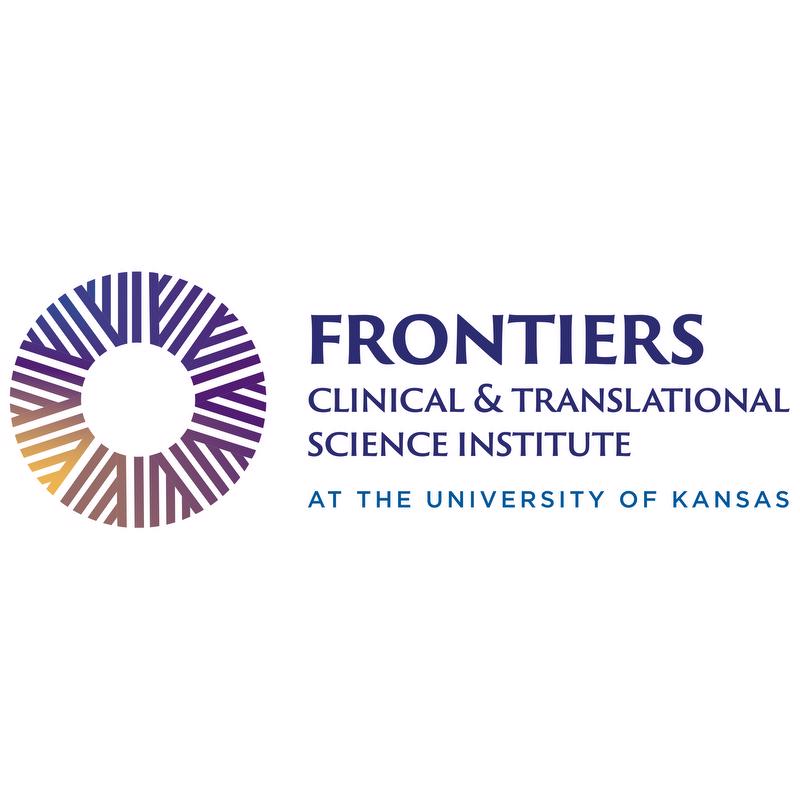 News
News
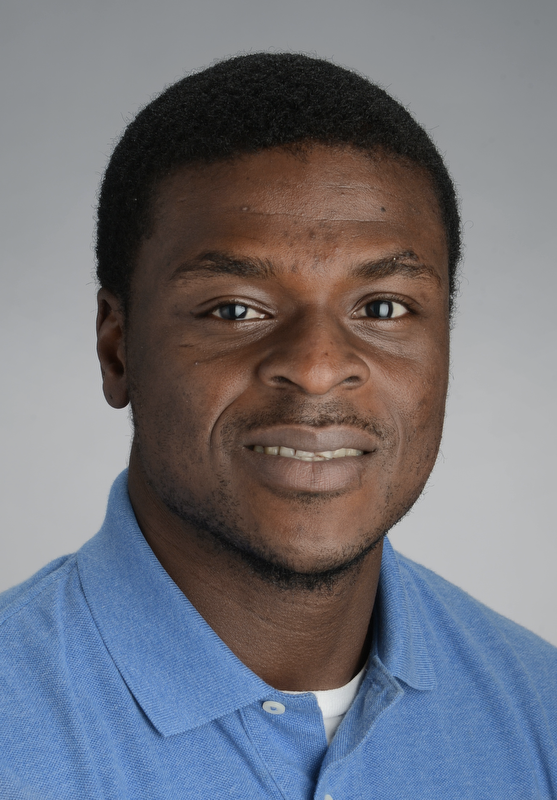 TL1 Trainee · News
TL1 Trainee · News
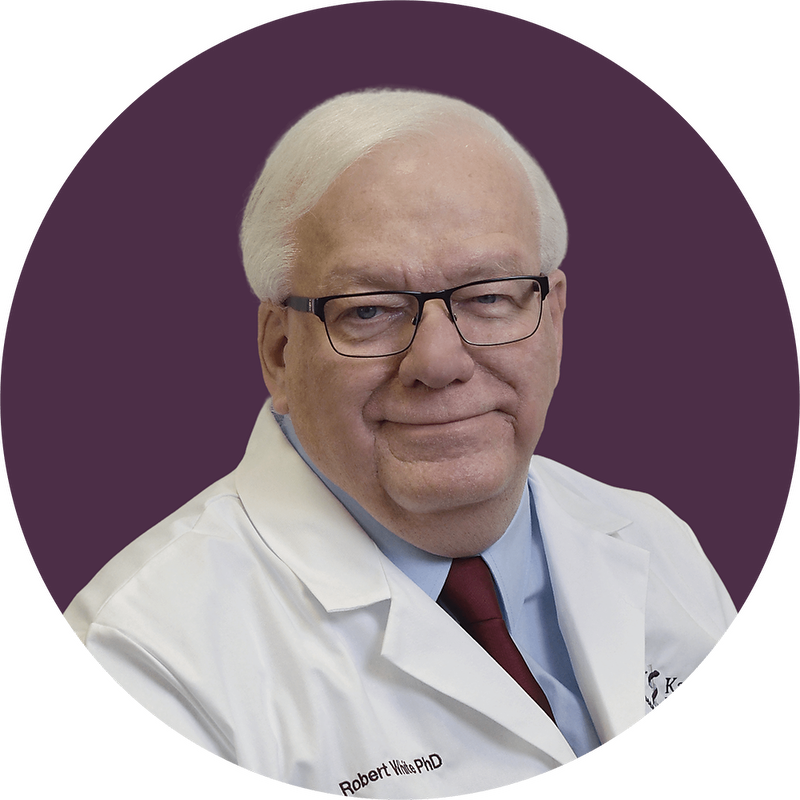 News
News
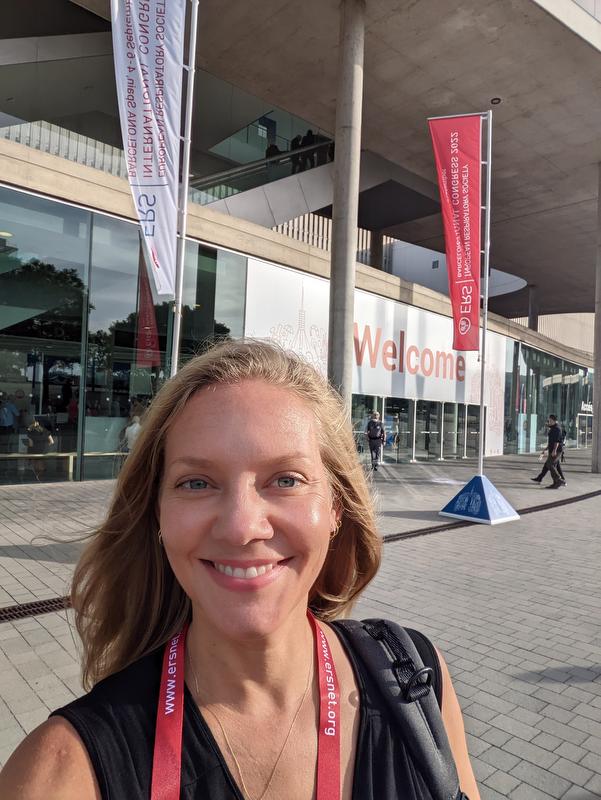 Funded Projects · News
Funded Projects · News
 News · In the Community
News · In the Community
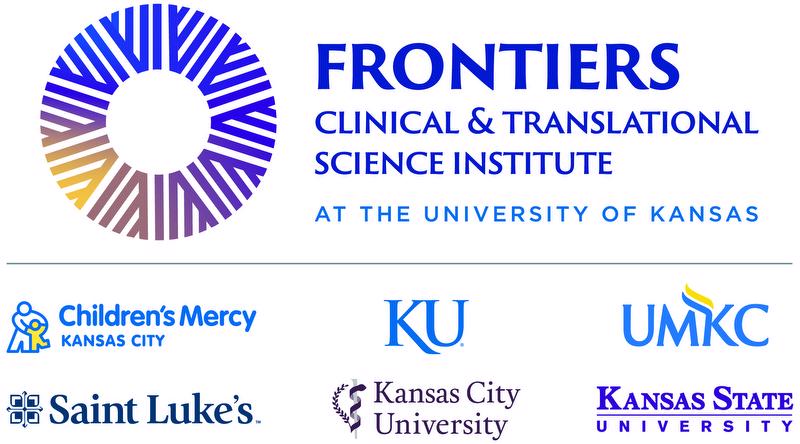 Funded Projects · News
Funded Projects · News
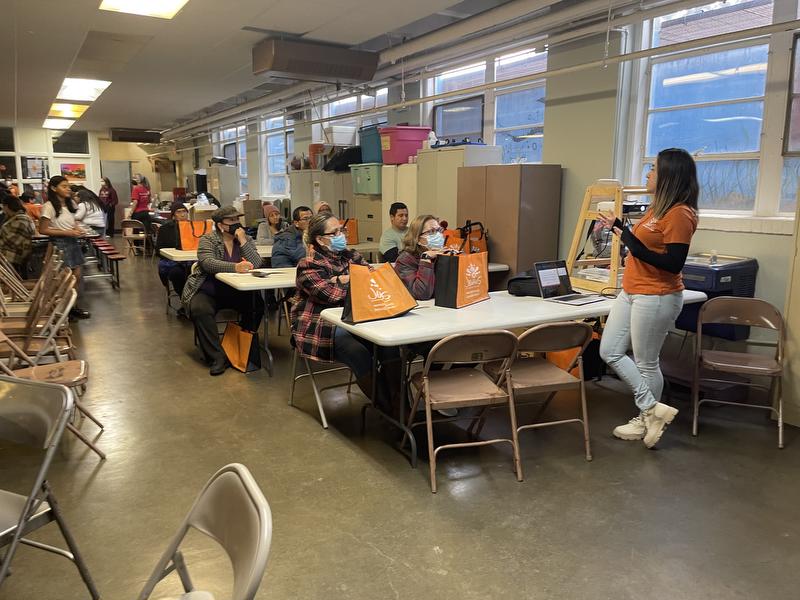 In the Community
In the Community
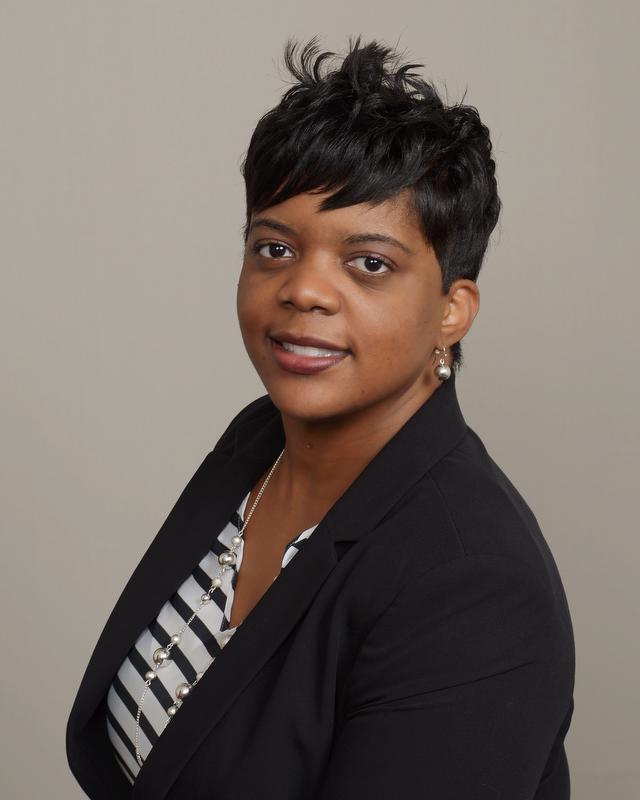 News · In the Community · Partner News
News · In the Community · Partner News
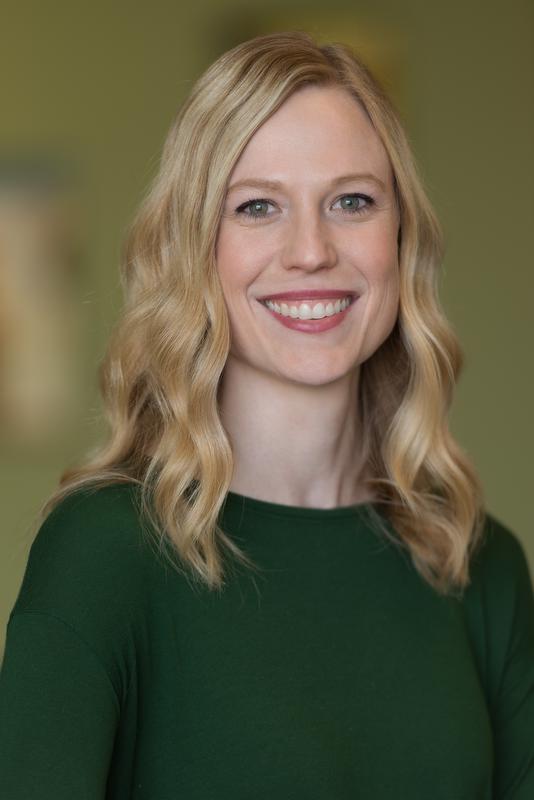 KL2 Scholar · News
KL2 Scholar · News
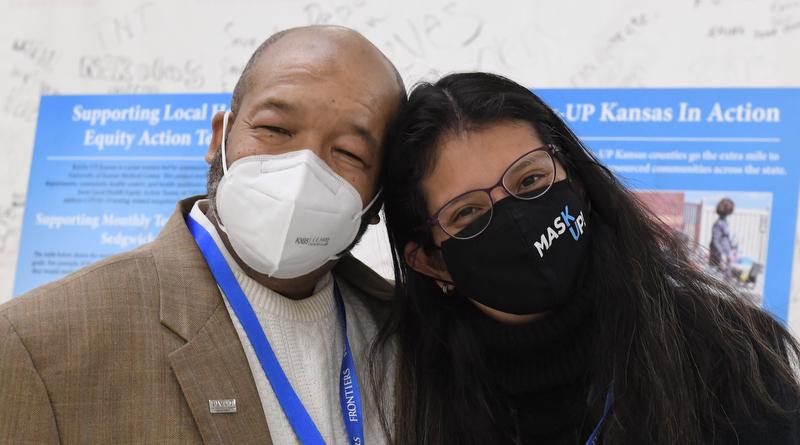 News · In the Community
News · In the Community
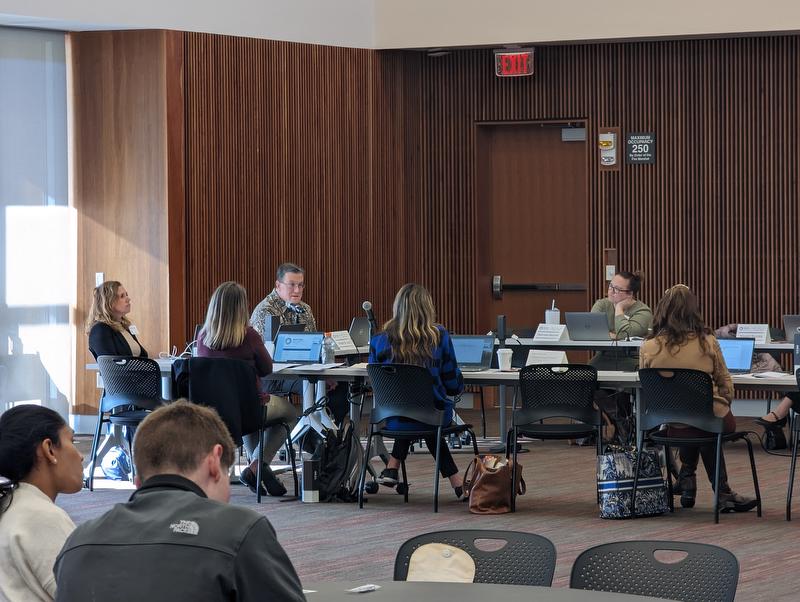 Events · News · Services
Events · News · Services
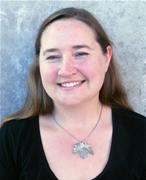 Funded Projects · News
Funded Projects · News
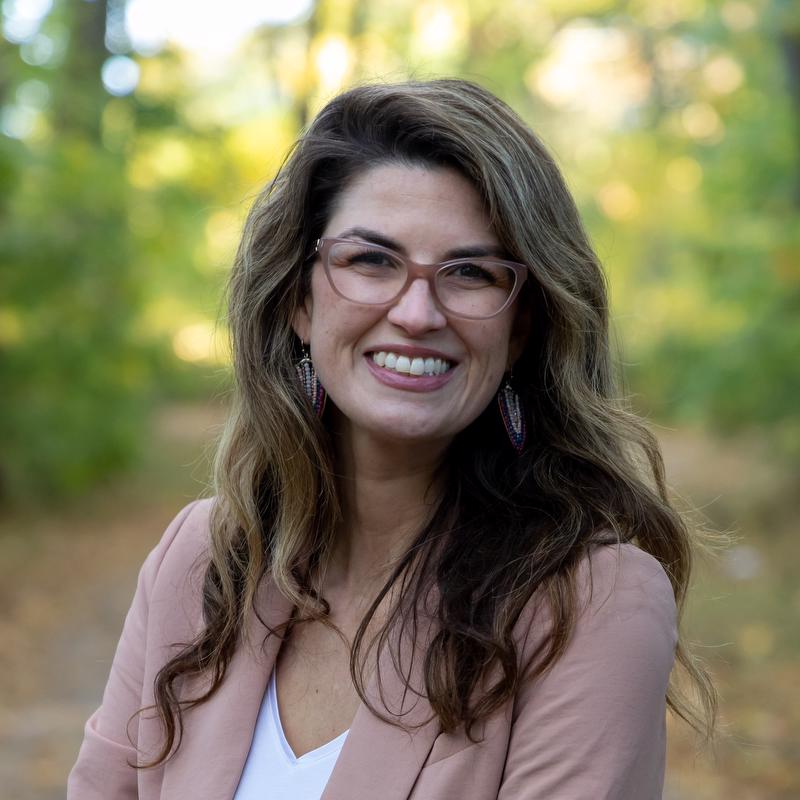 KL2 Scholar · Funded Projects · News
KL2 Scholar · Funded Projects · News
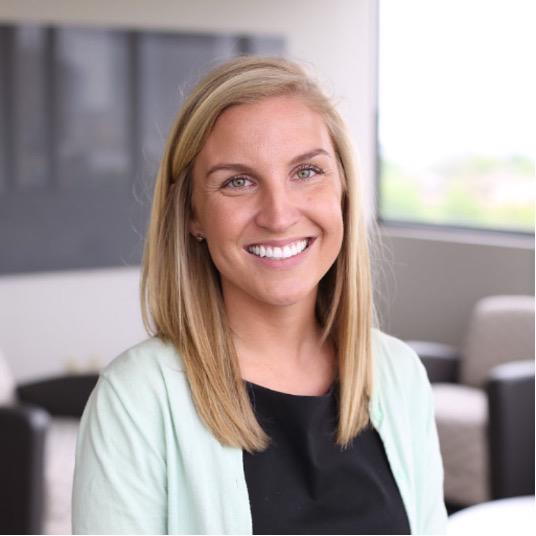 TL1 Trainee · Funded Projects · News
TL1 Trainee · Funded Projects · News
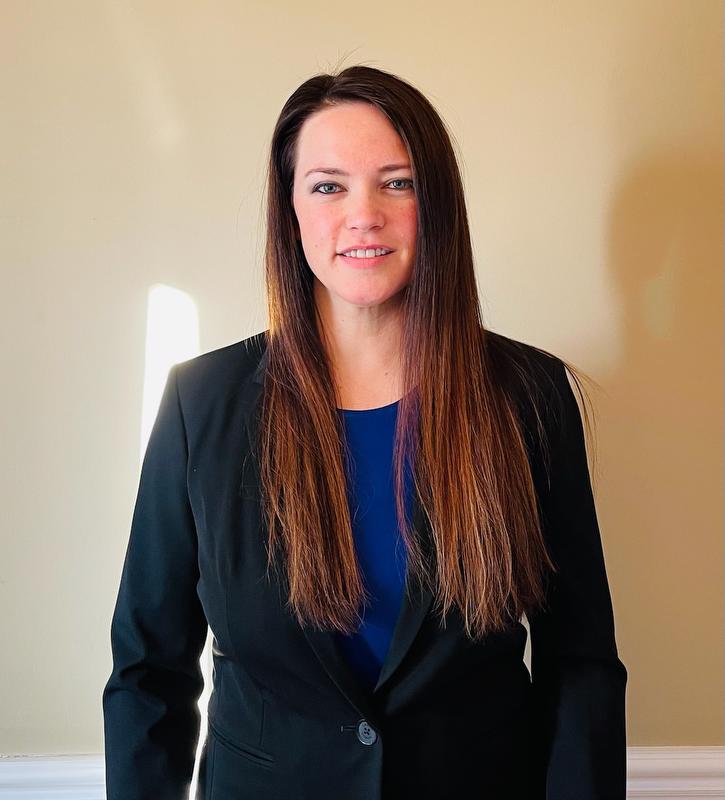 News
News
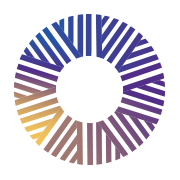 News
News
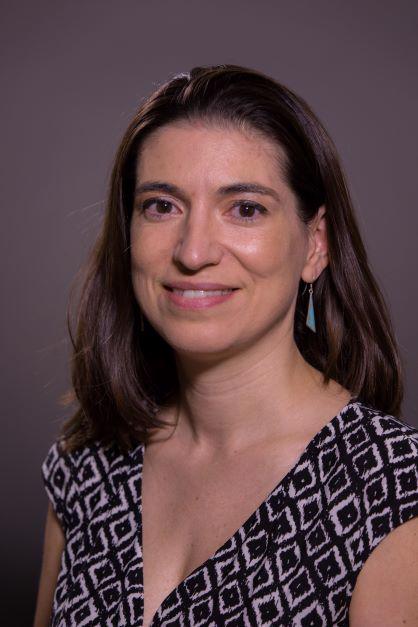 KL2 Scholar · Funded Projects
KL2 Scholar · Funded Projects
 KL2 Scholar · Funded Projects
KL2 Scholar · Funded Projects
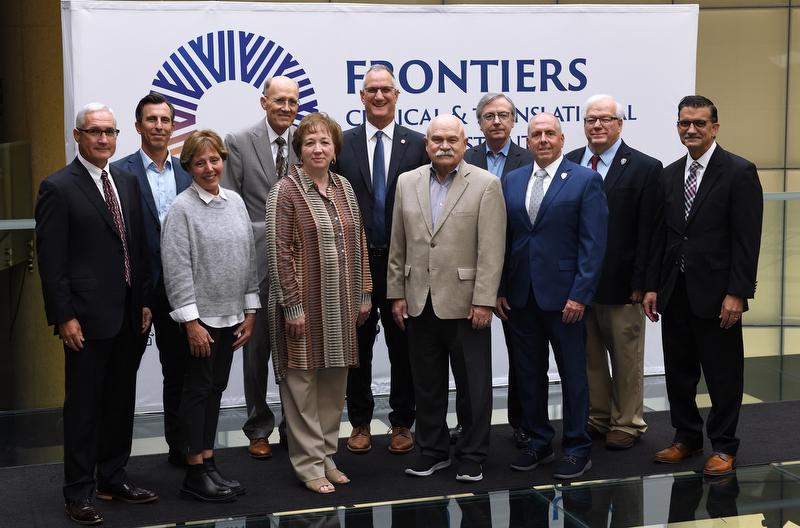 Events · News
Events · News
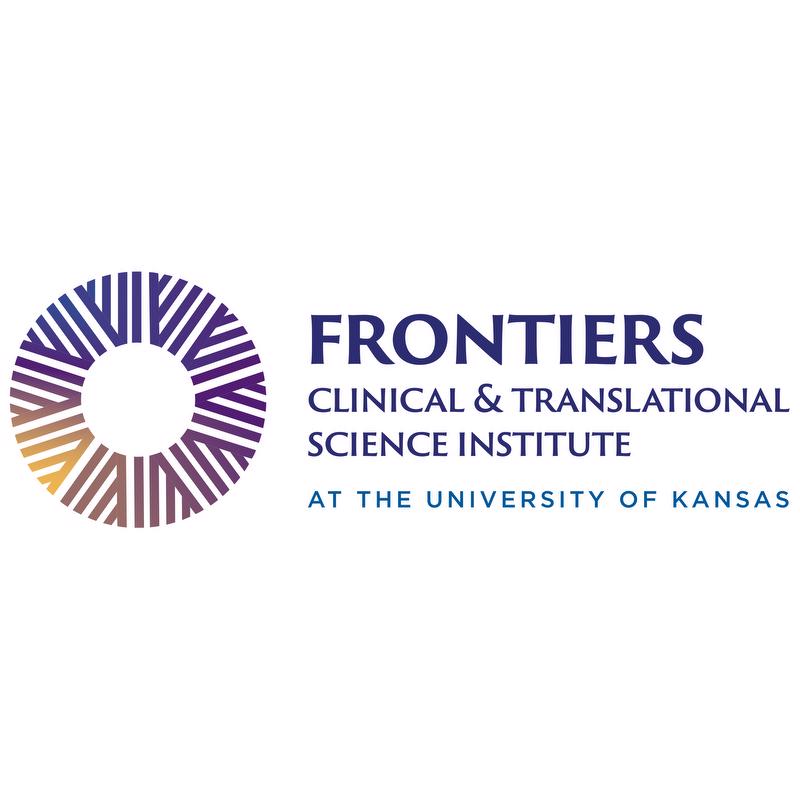 News
News
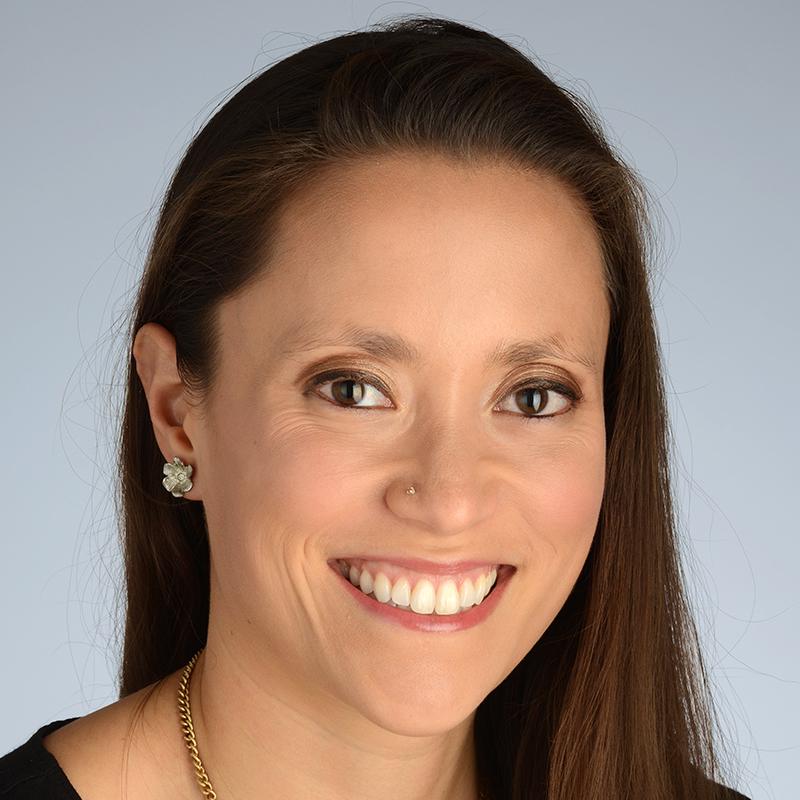 KL2 Scholar · Funded Projects
KL2 Scholar · Funded Projects
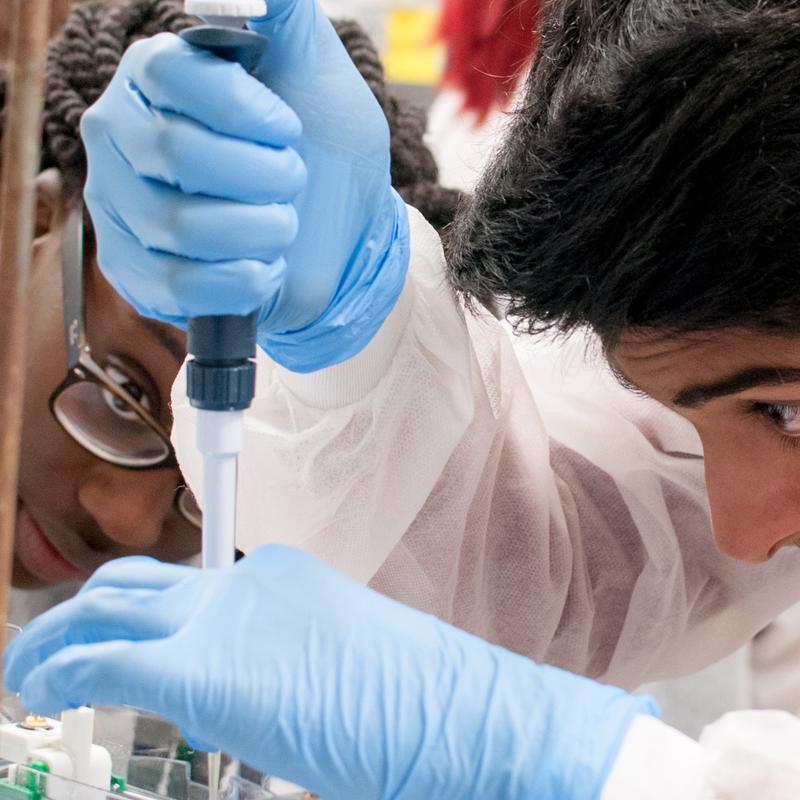 News
News
 Funded Projects
Funded Projects
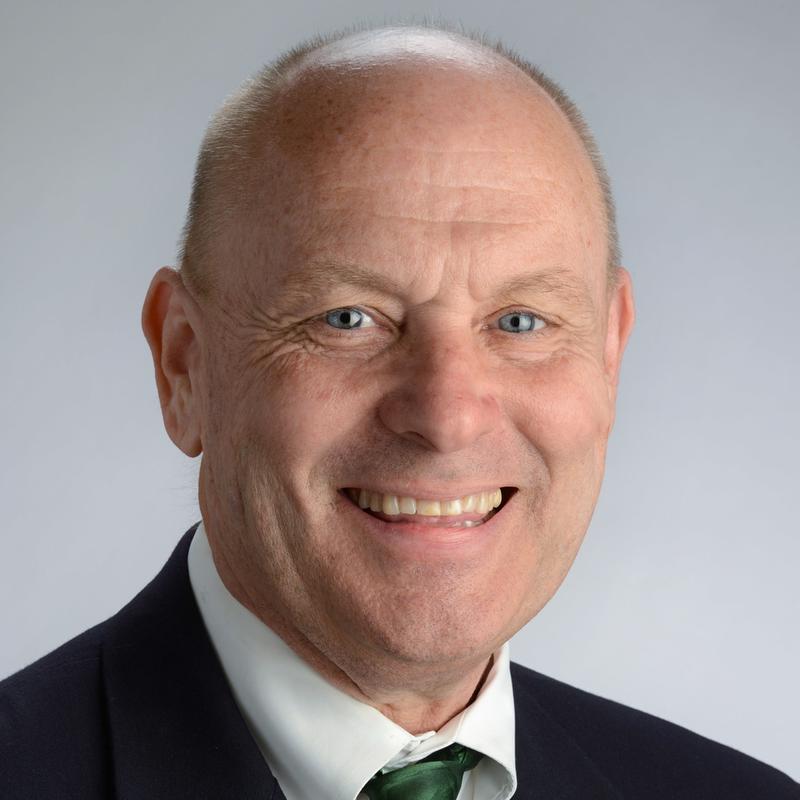
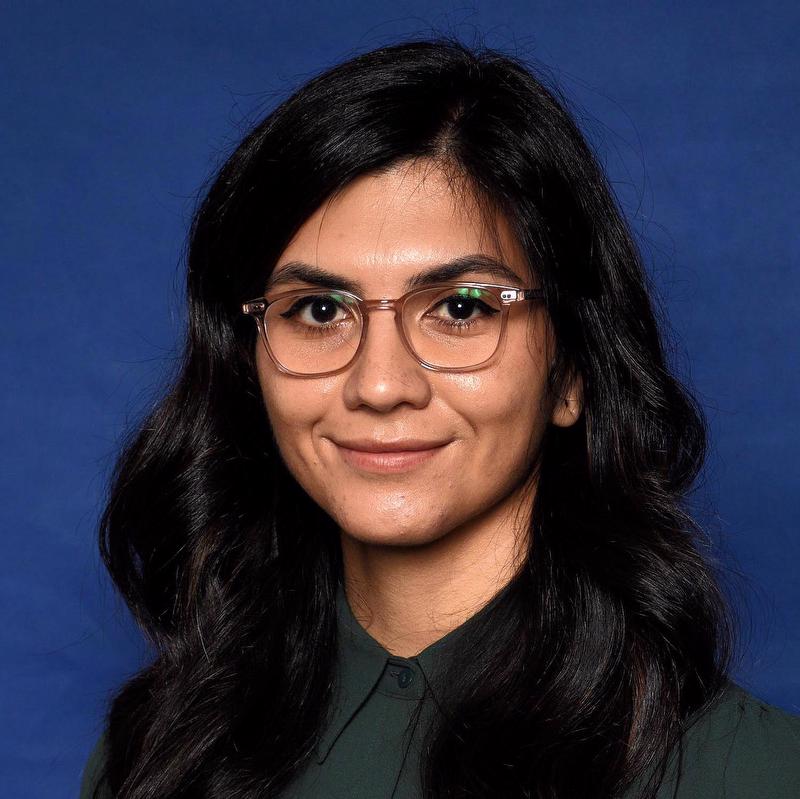 TL1 Trainee
TL1 Trainee
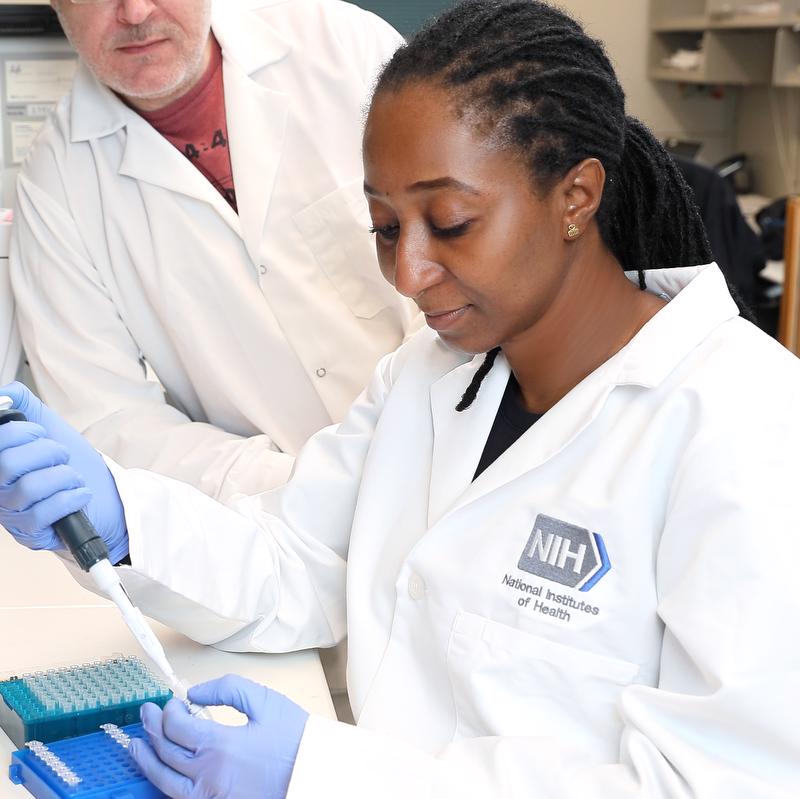 News
News
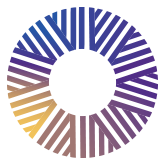 Funded Projects
Funded Projects
